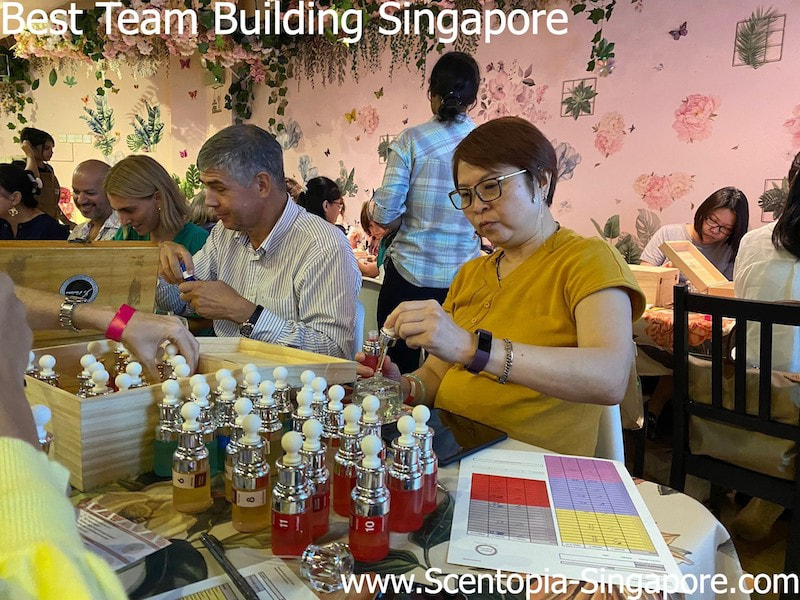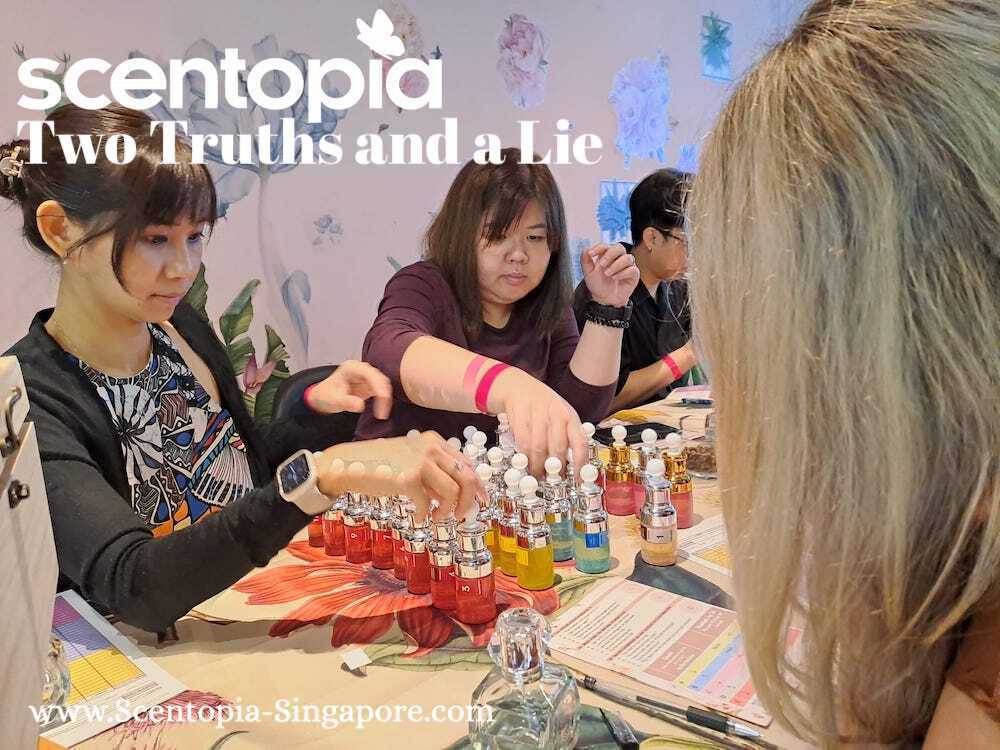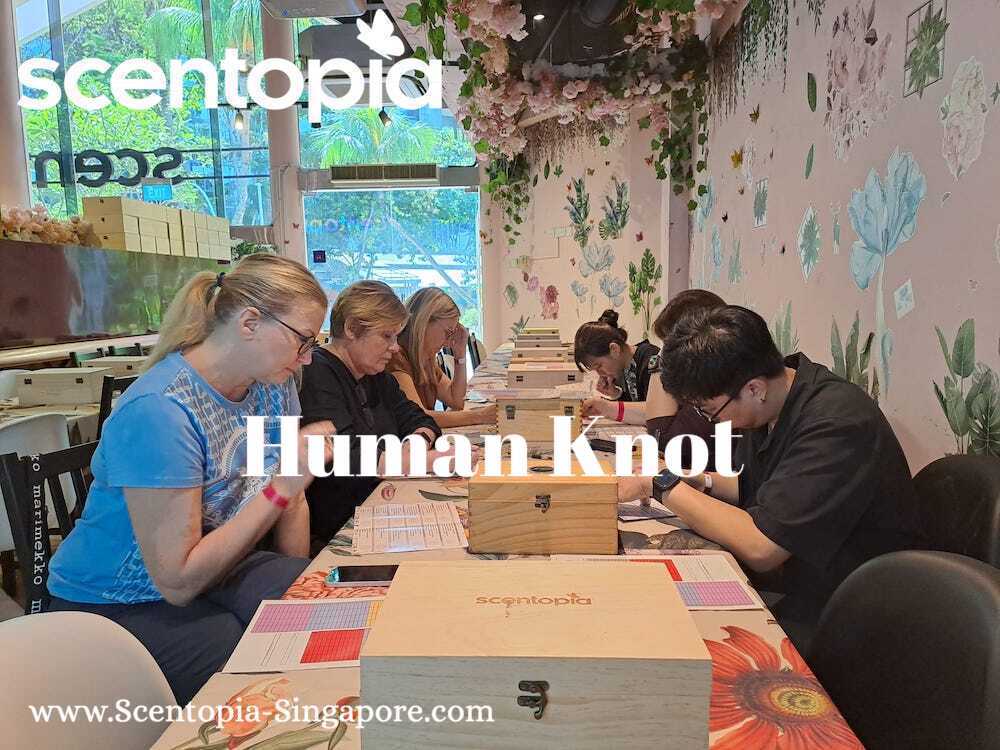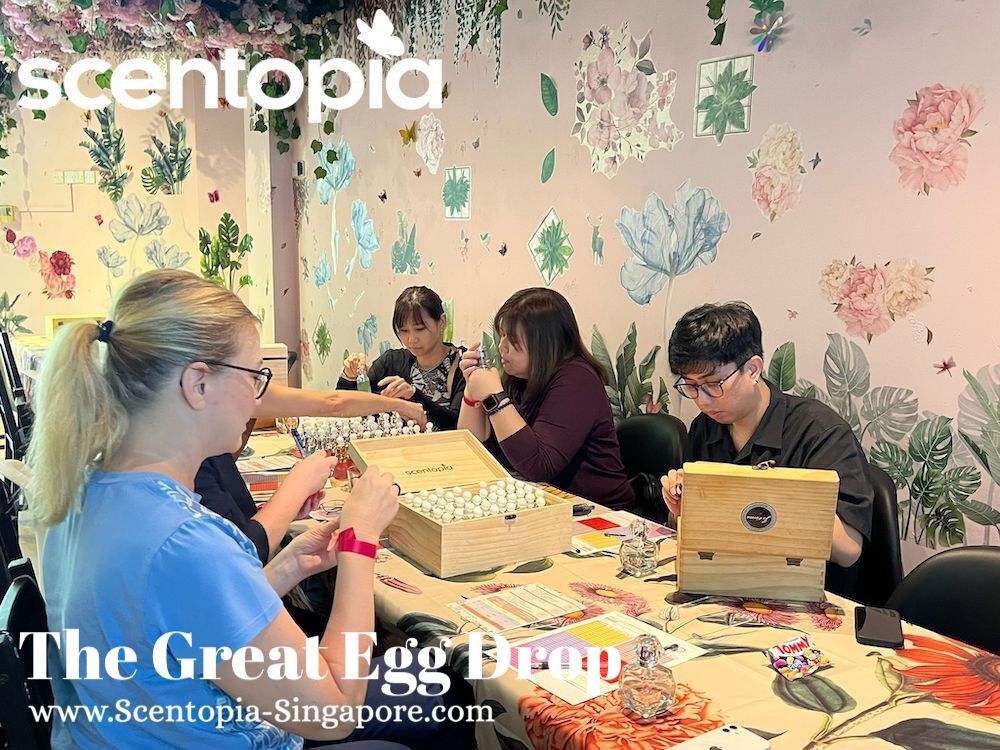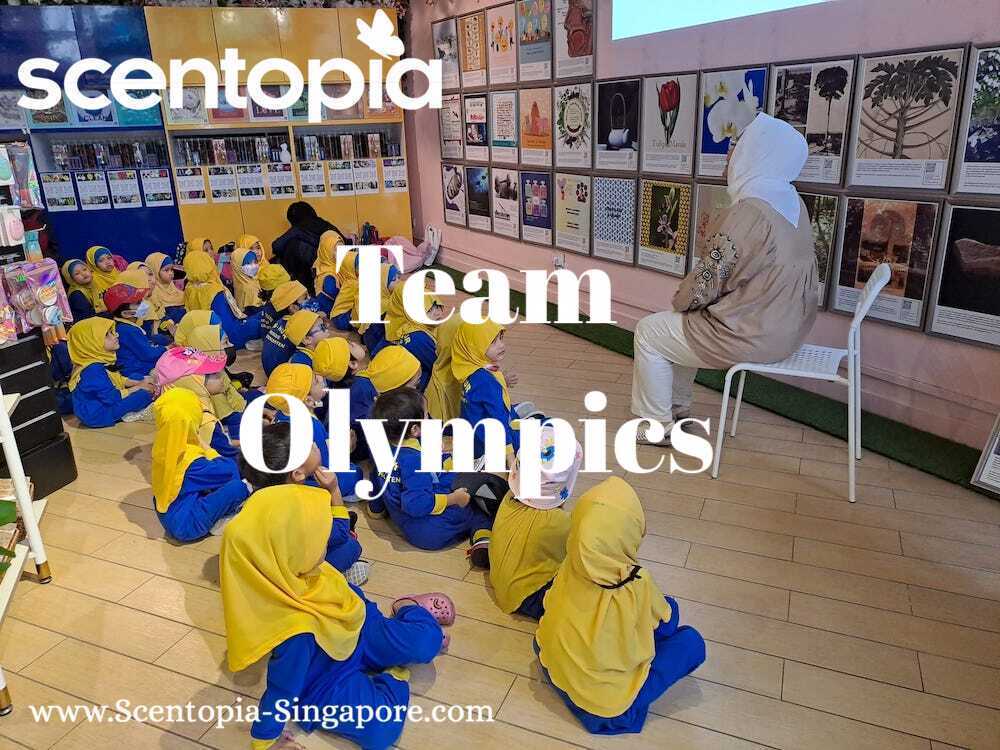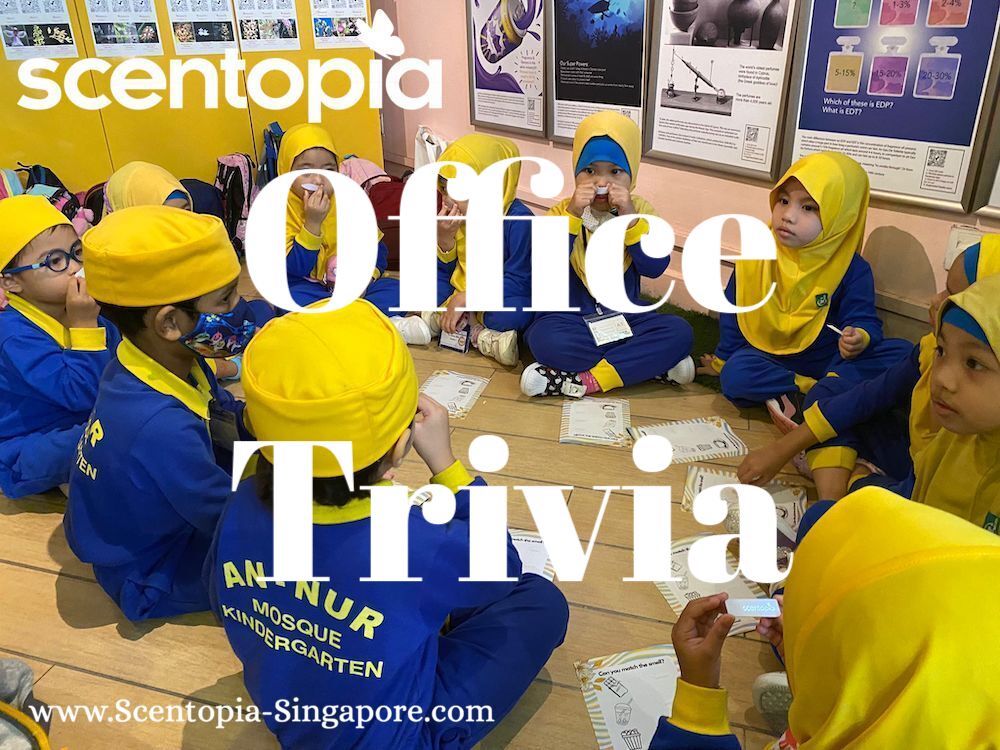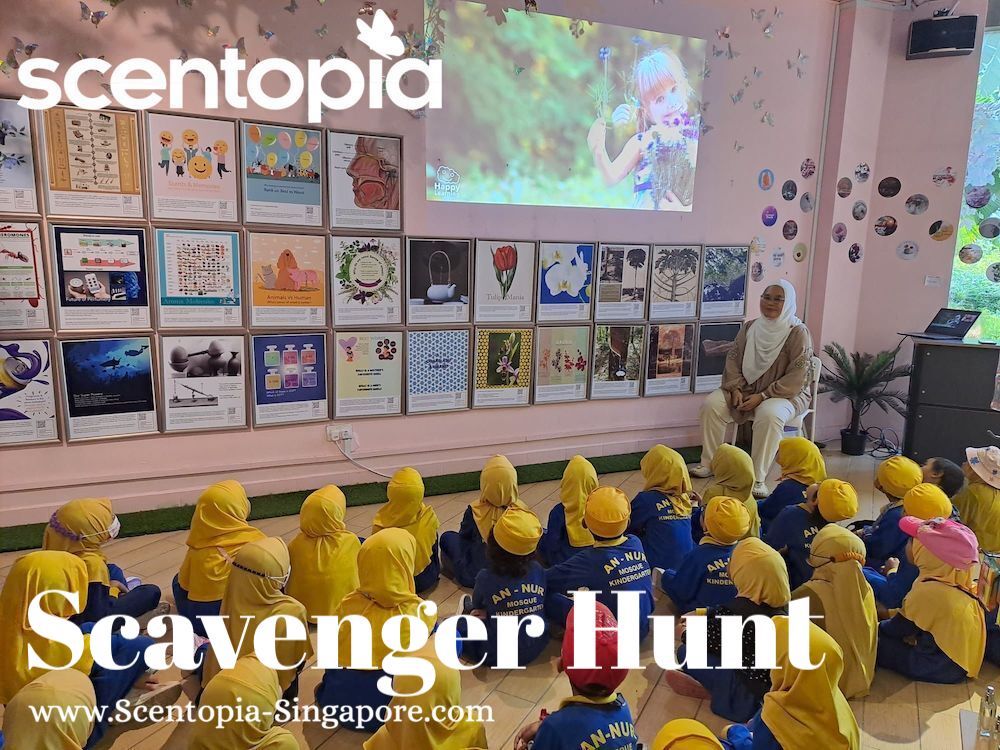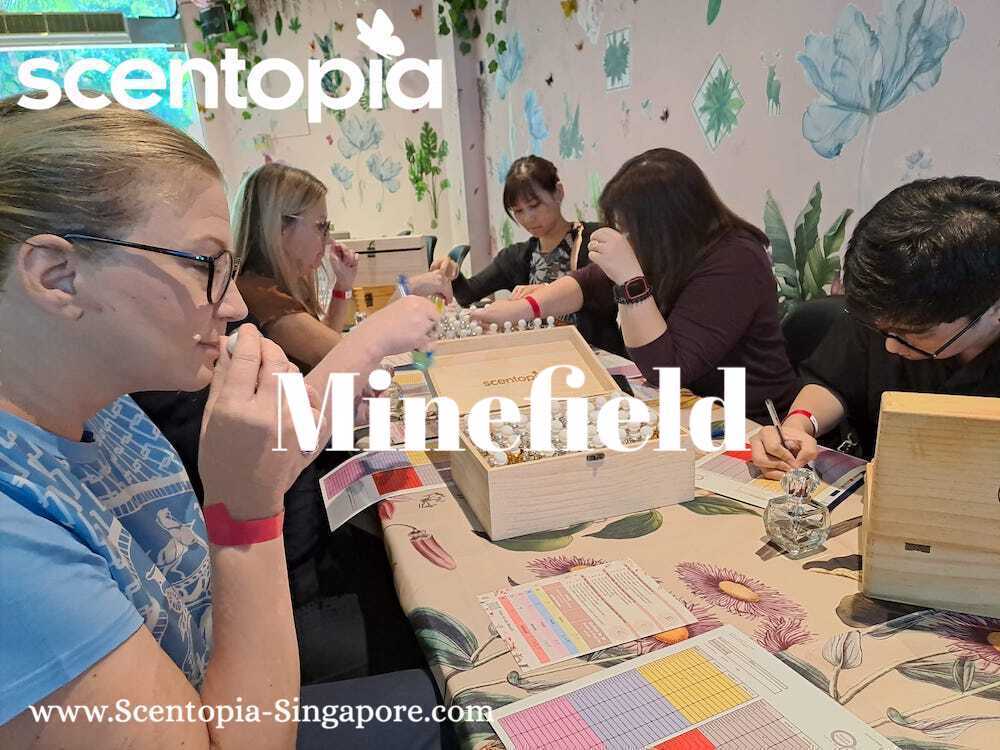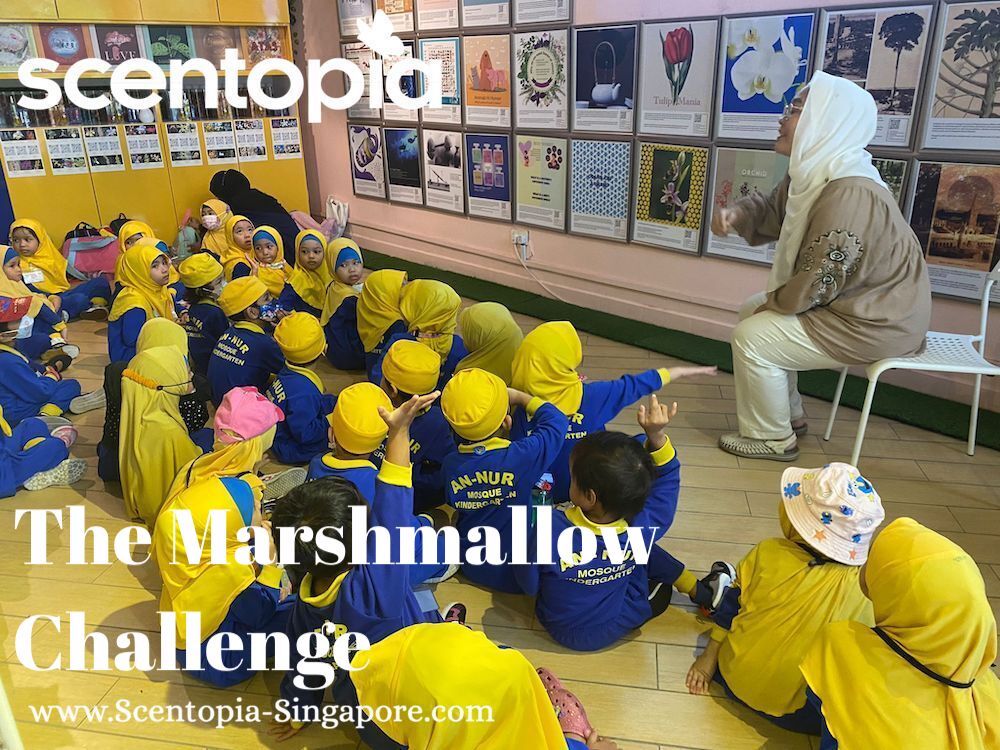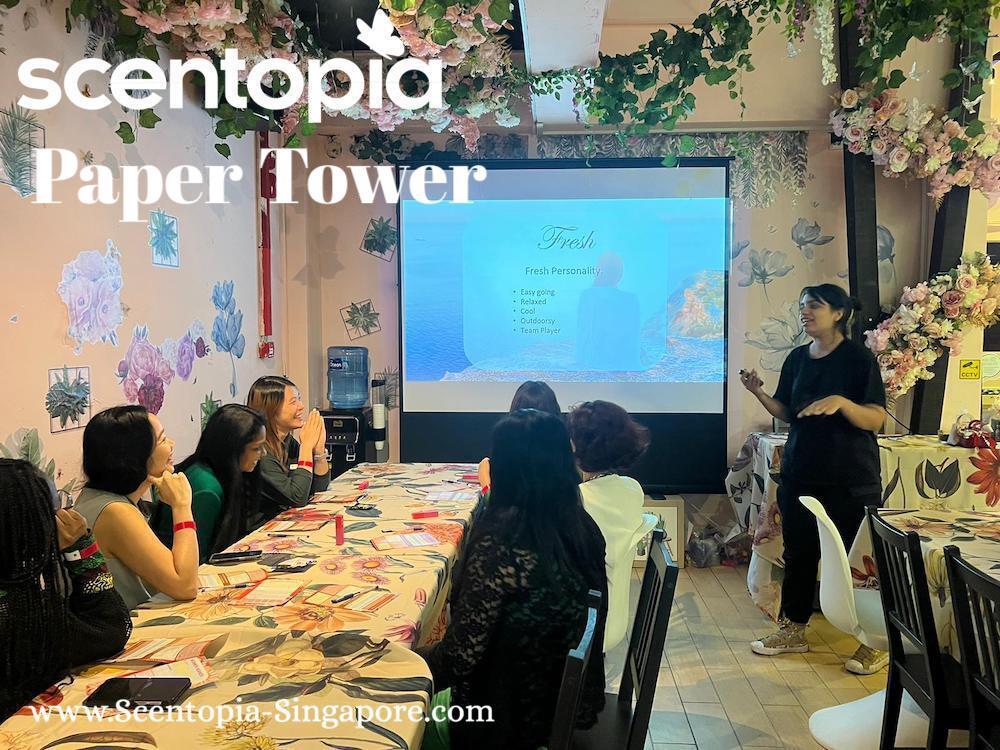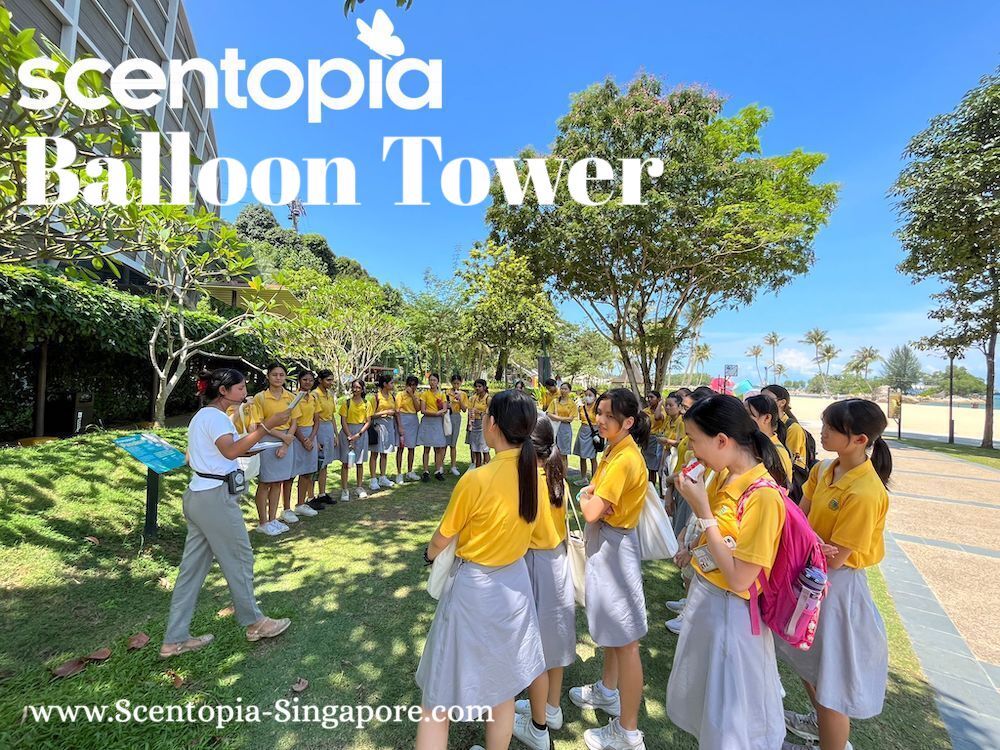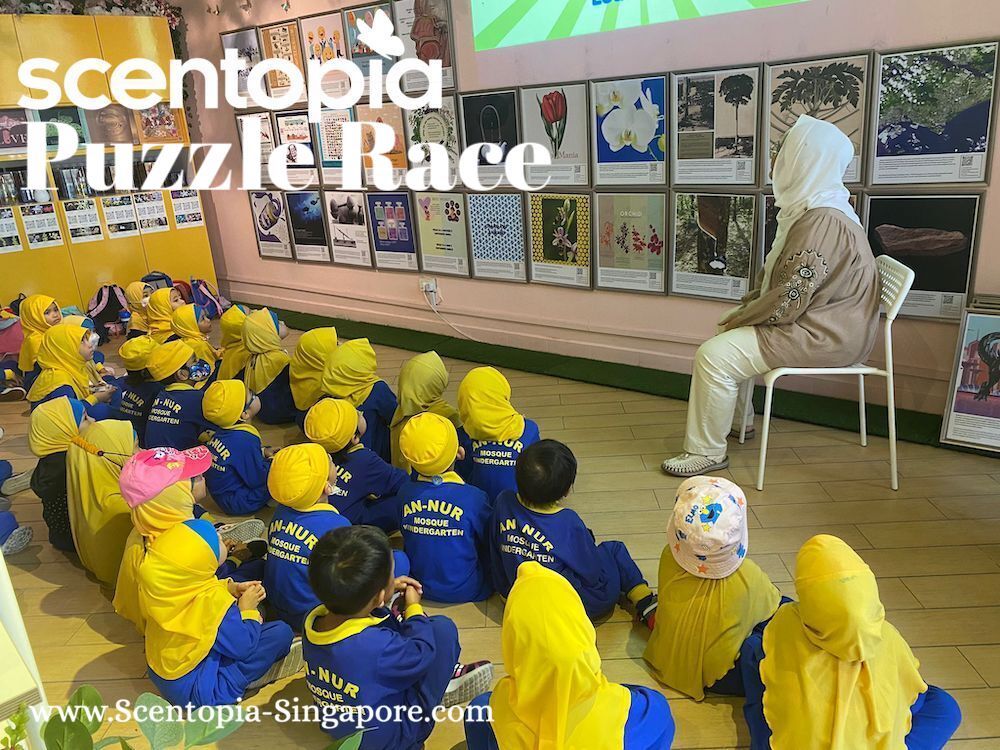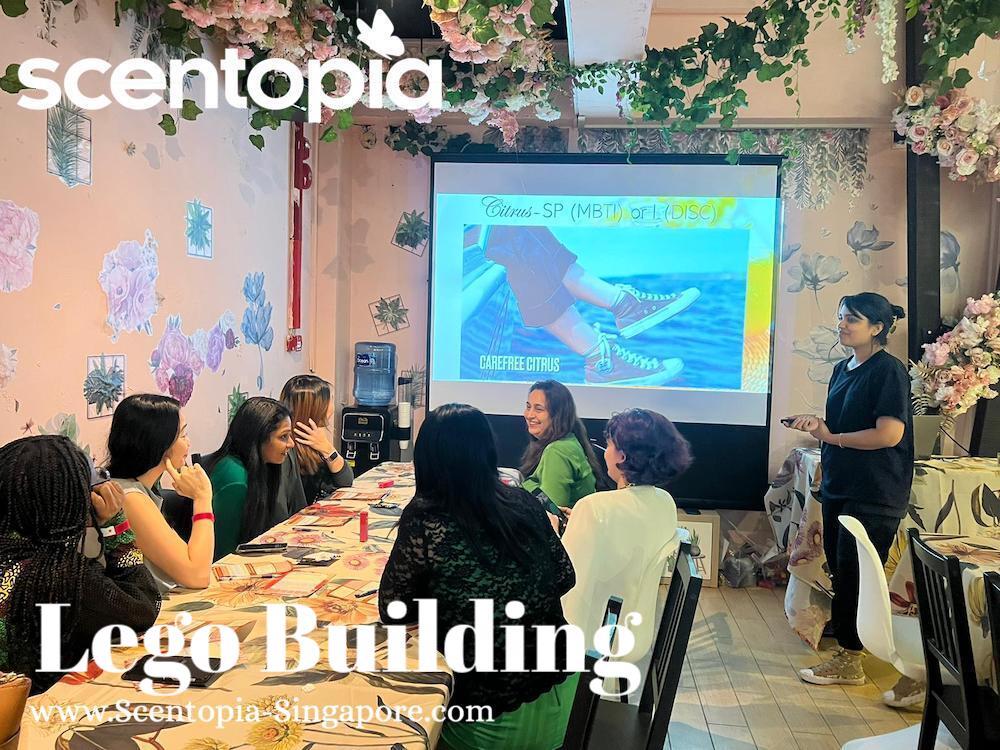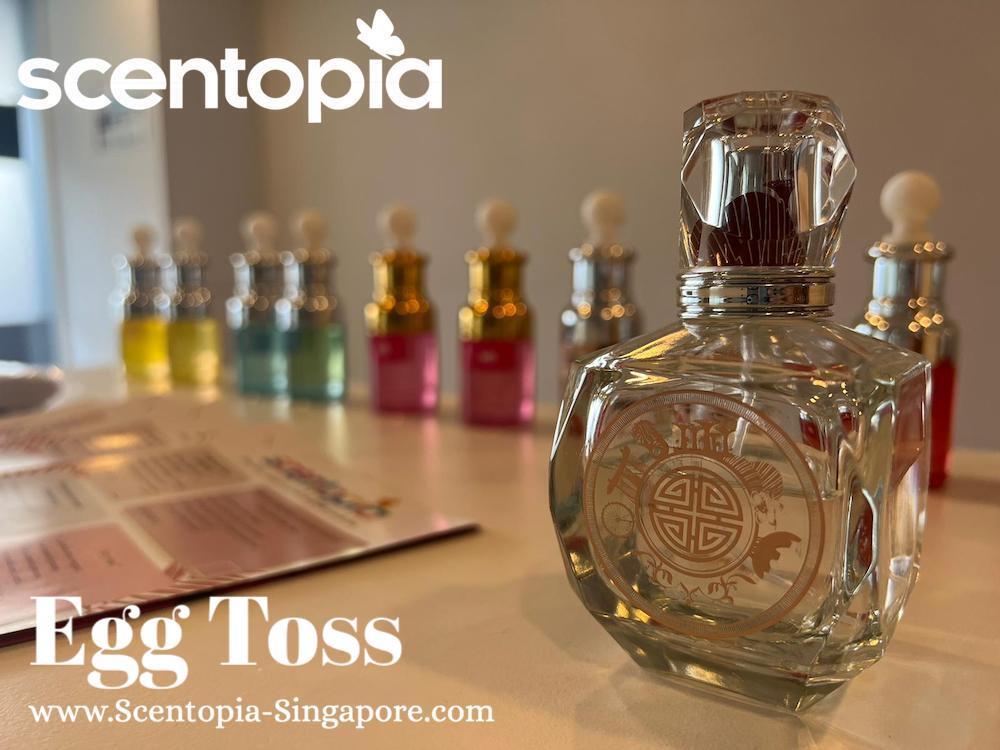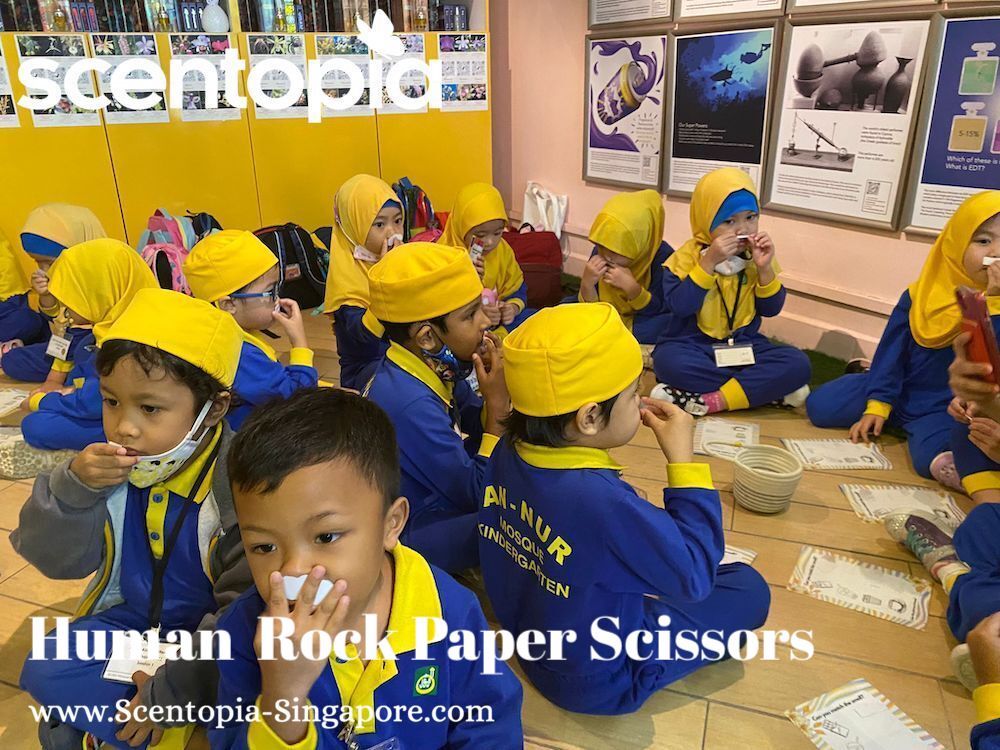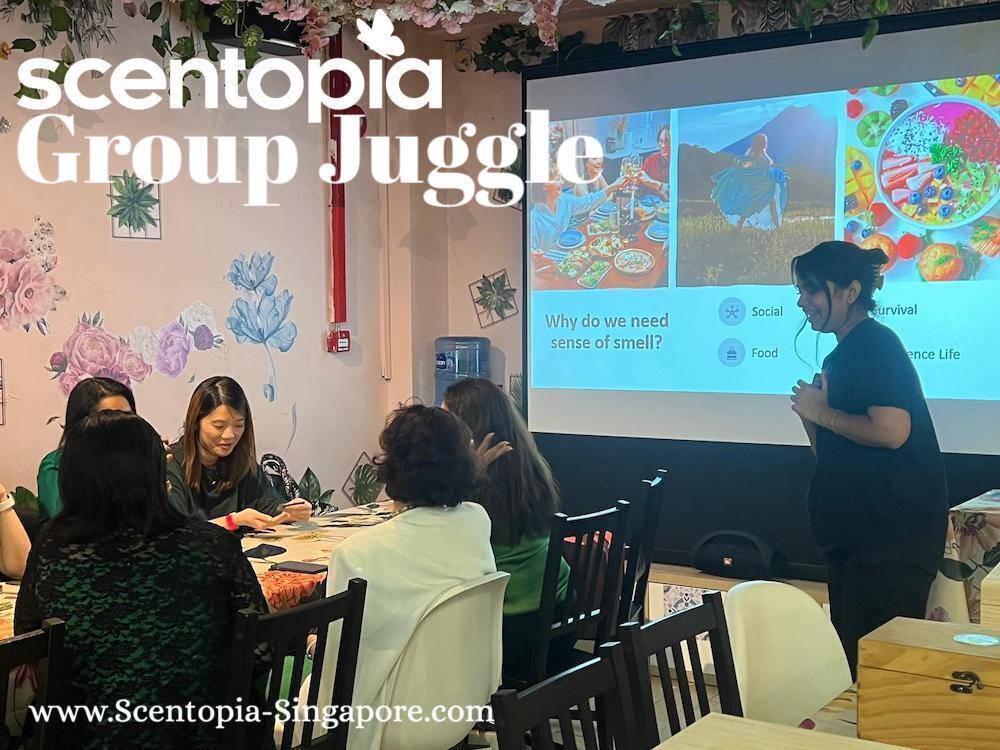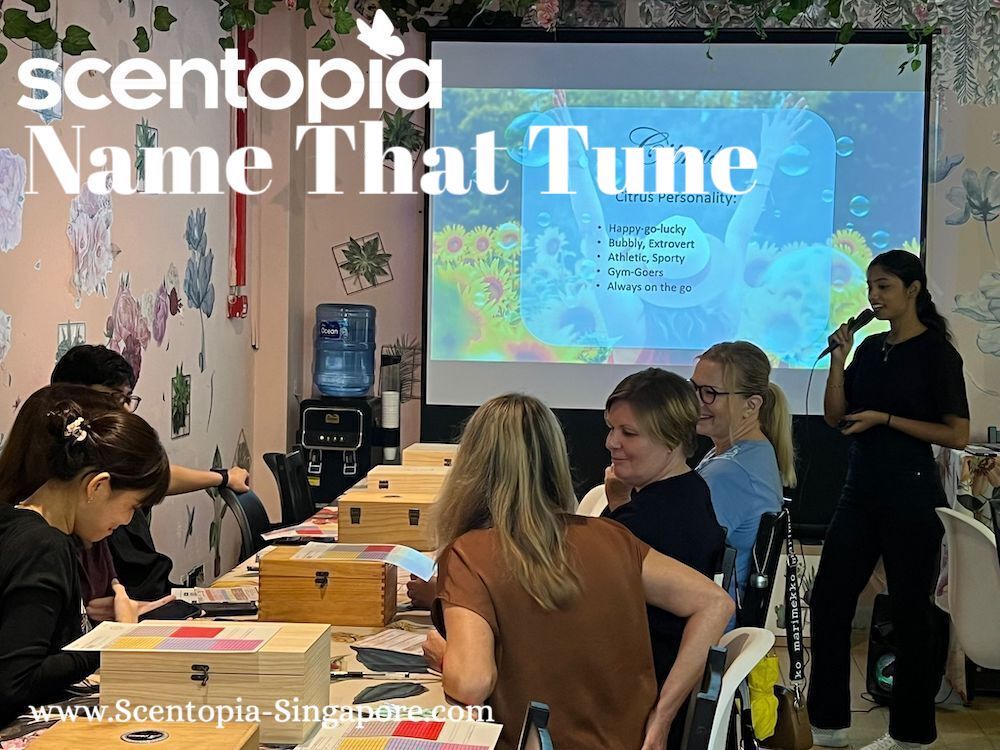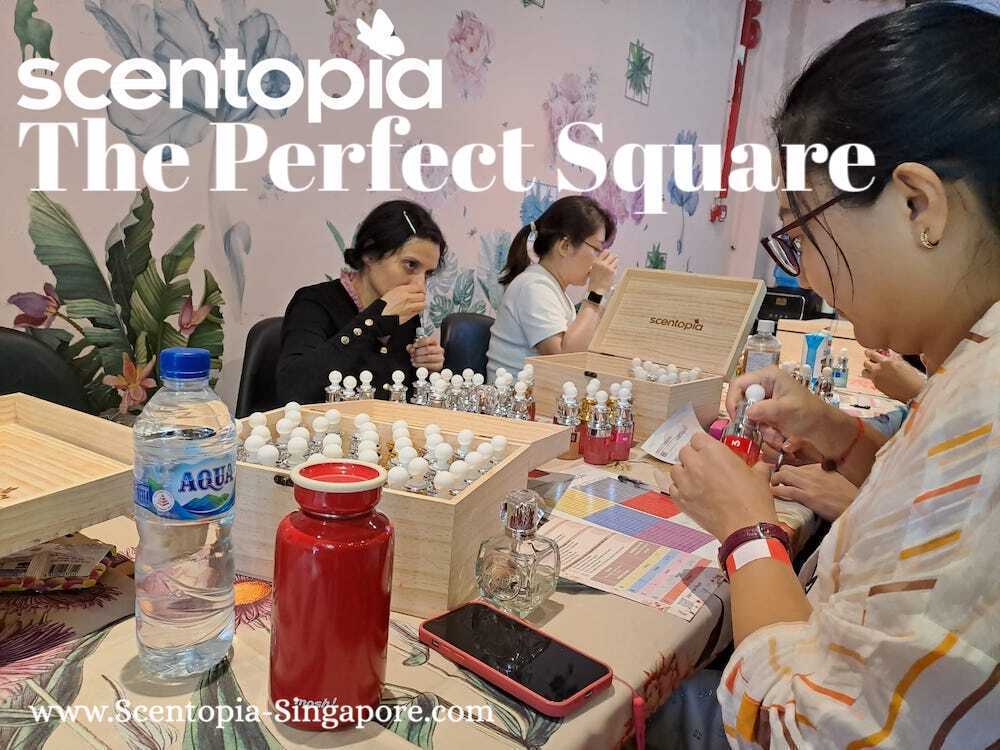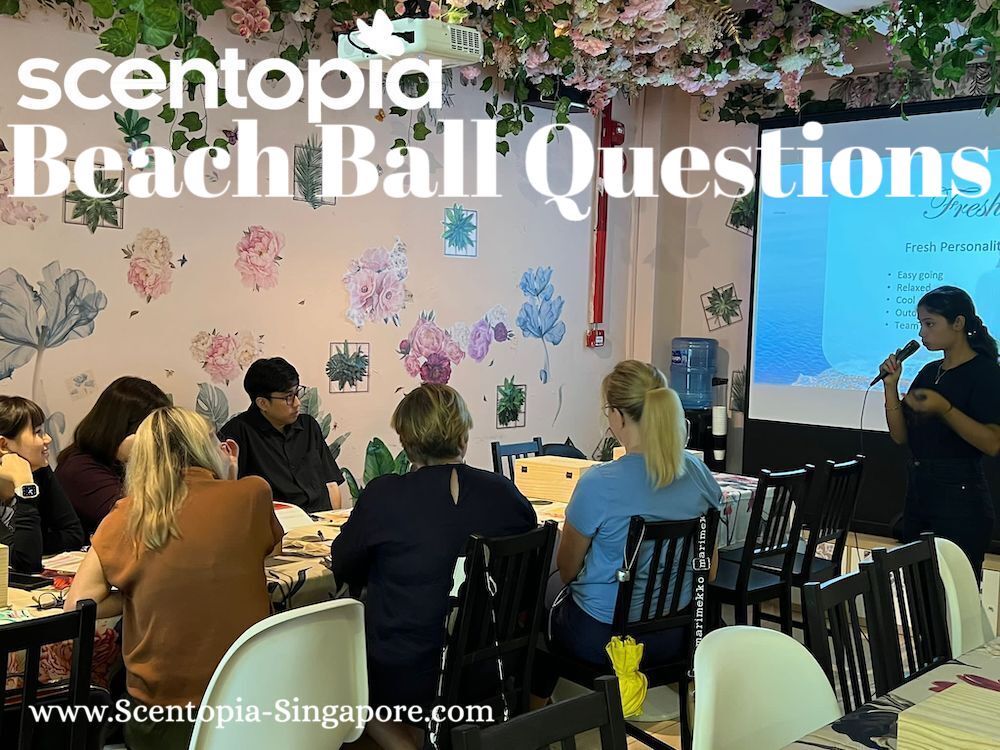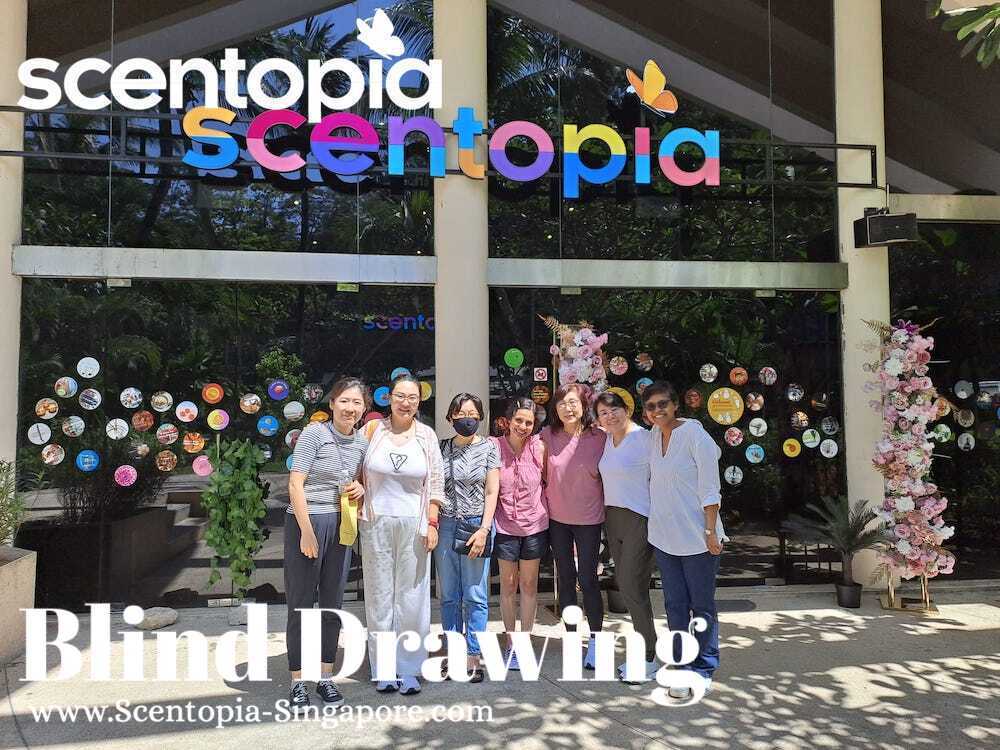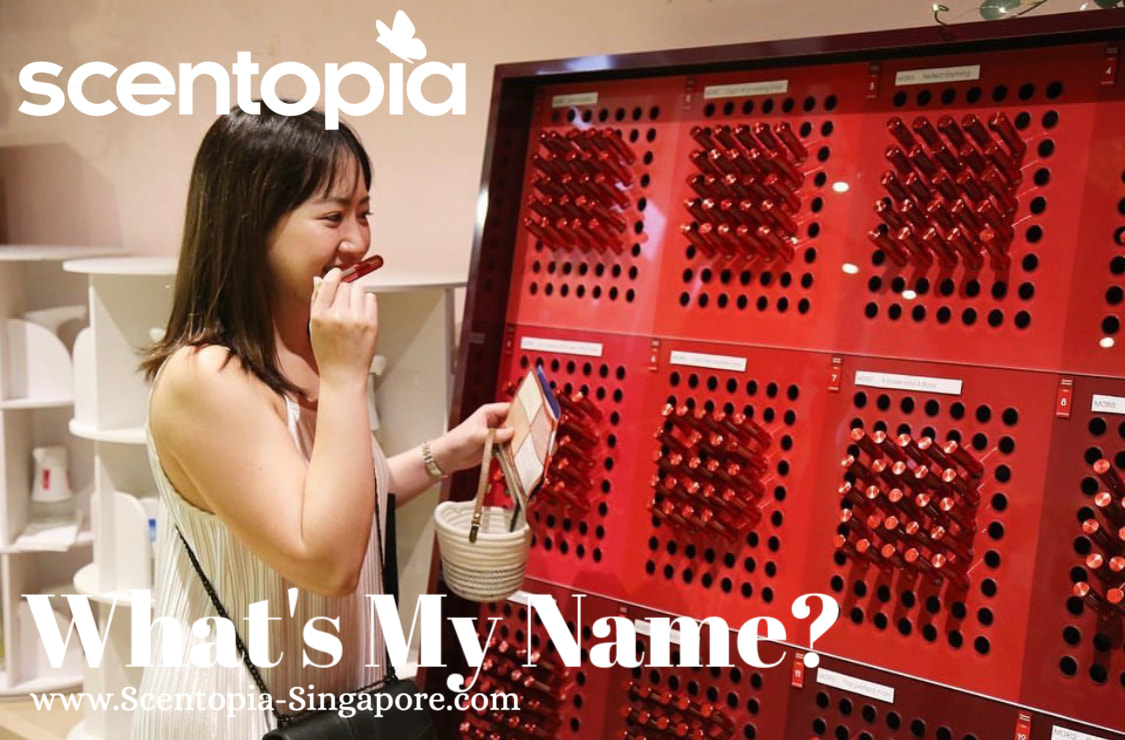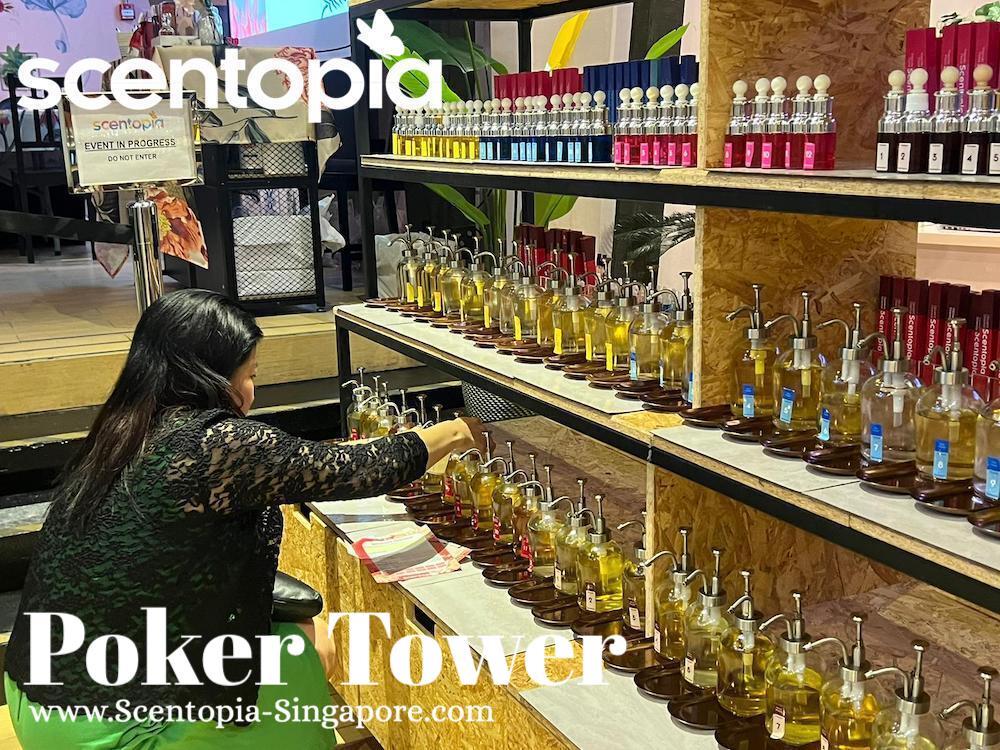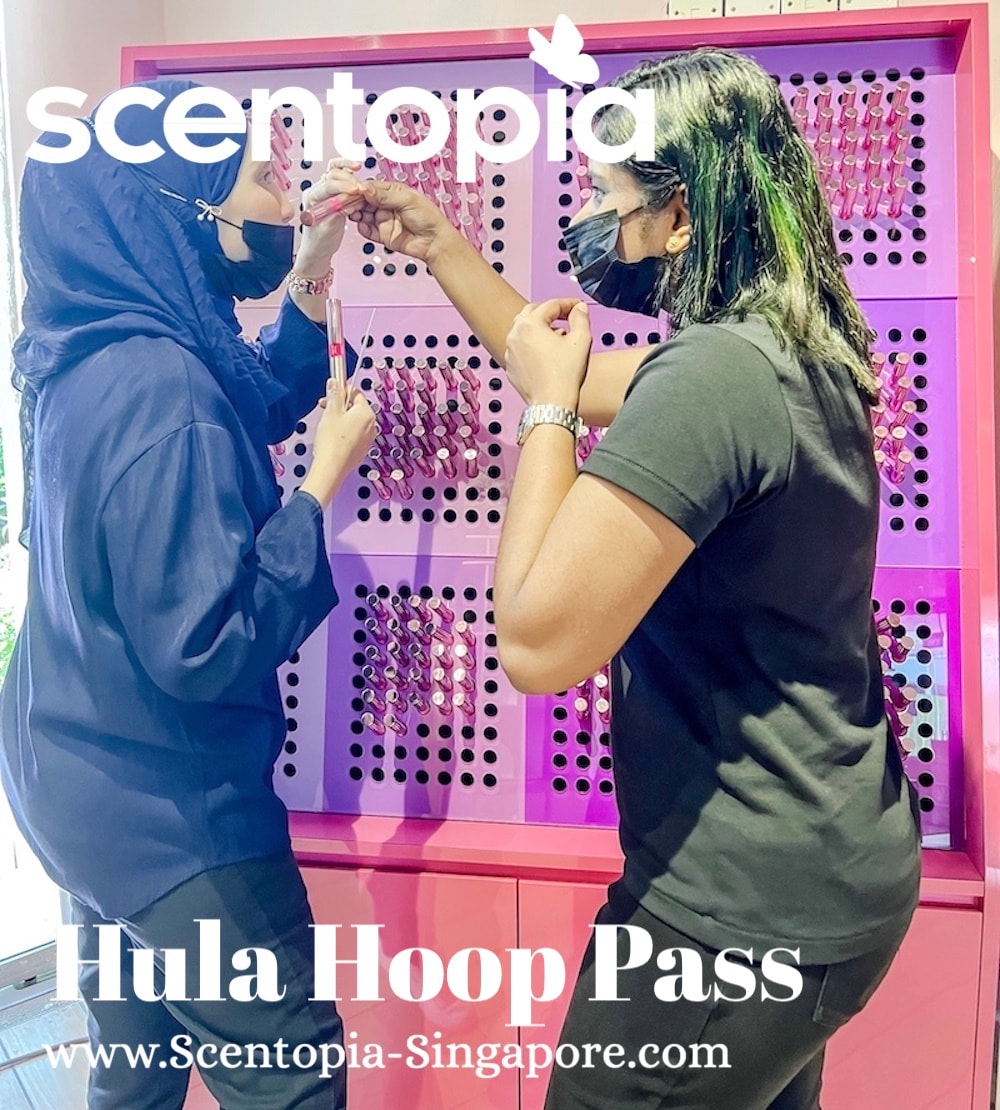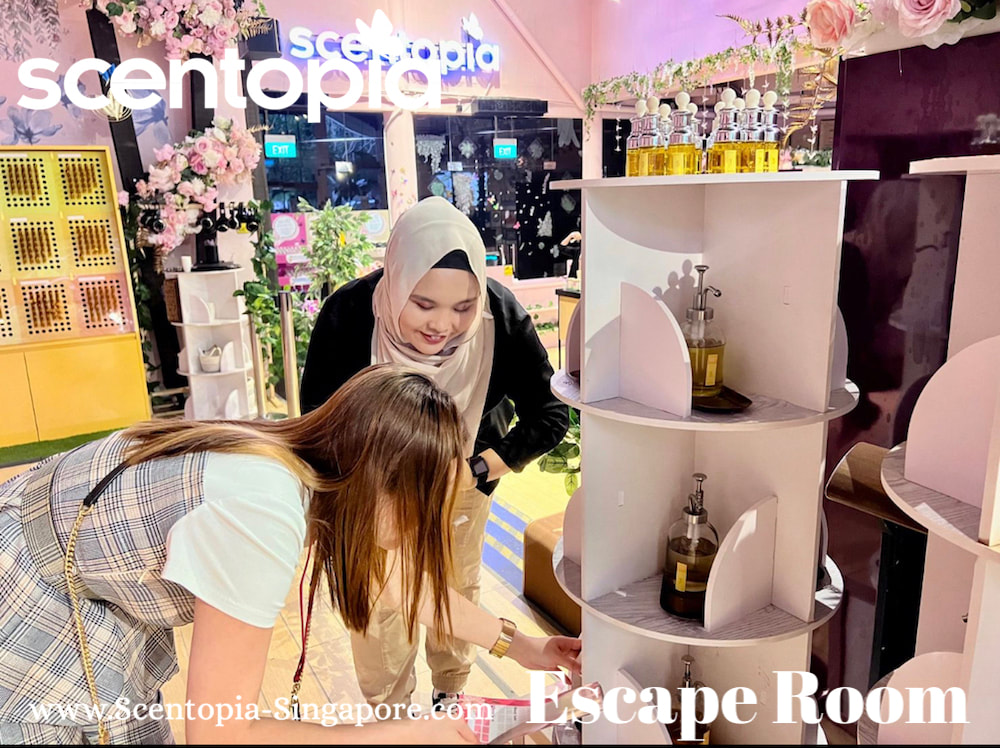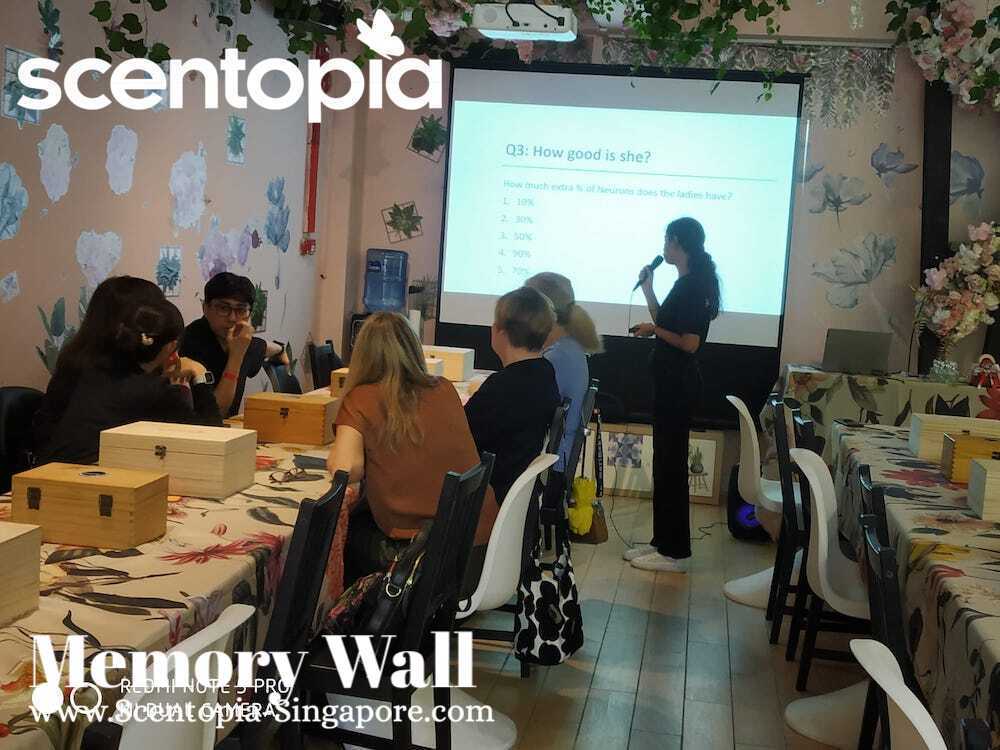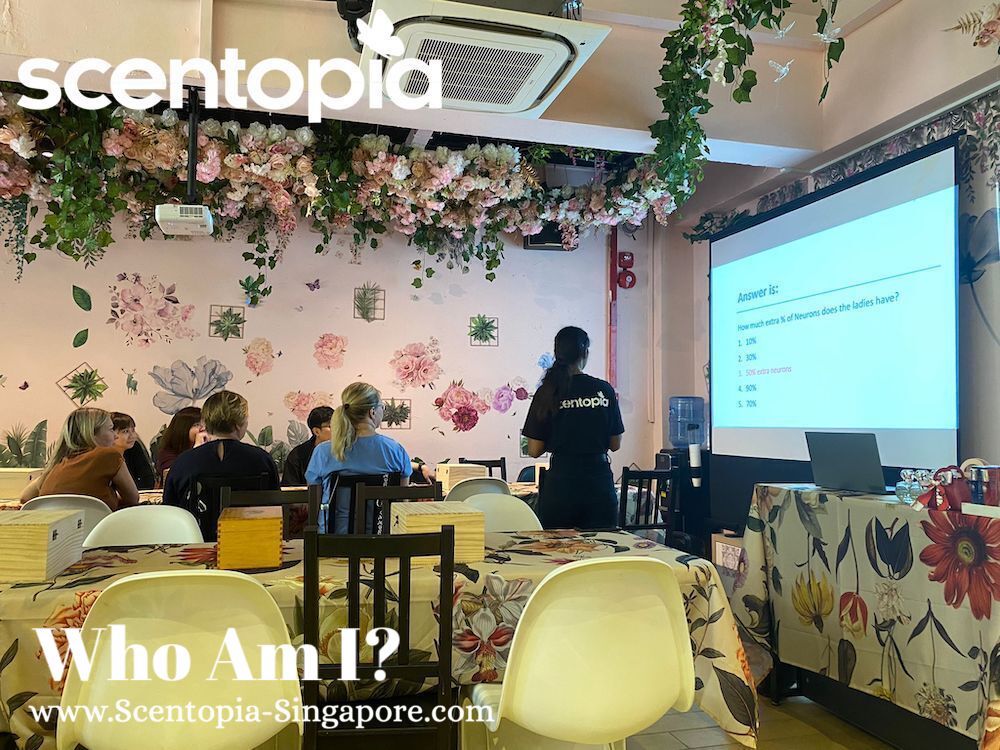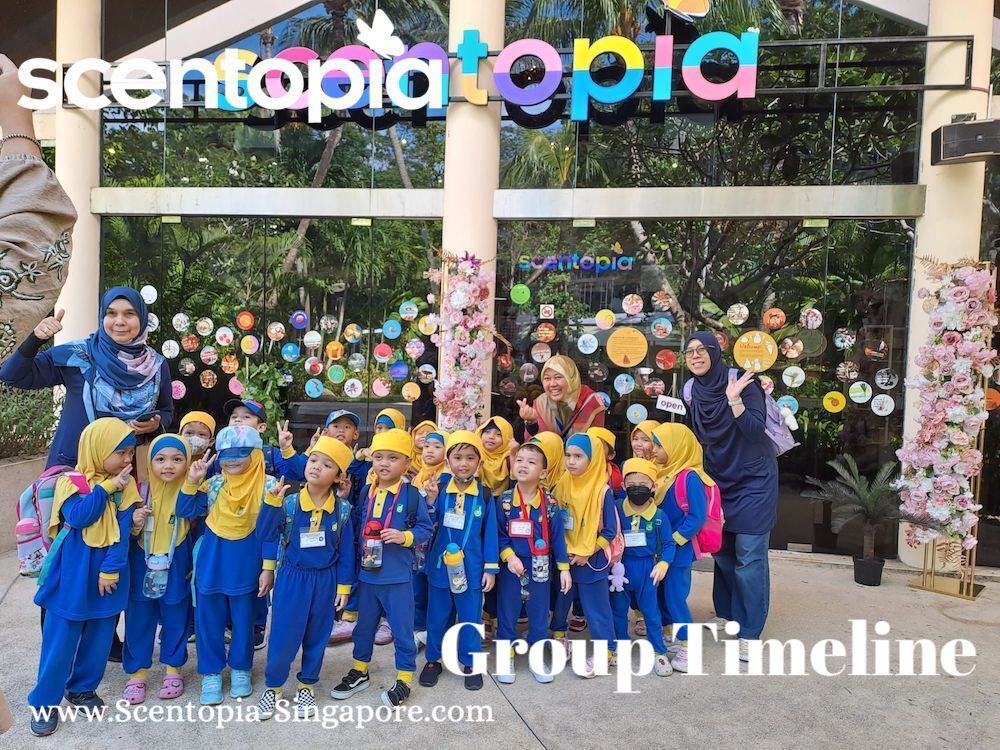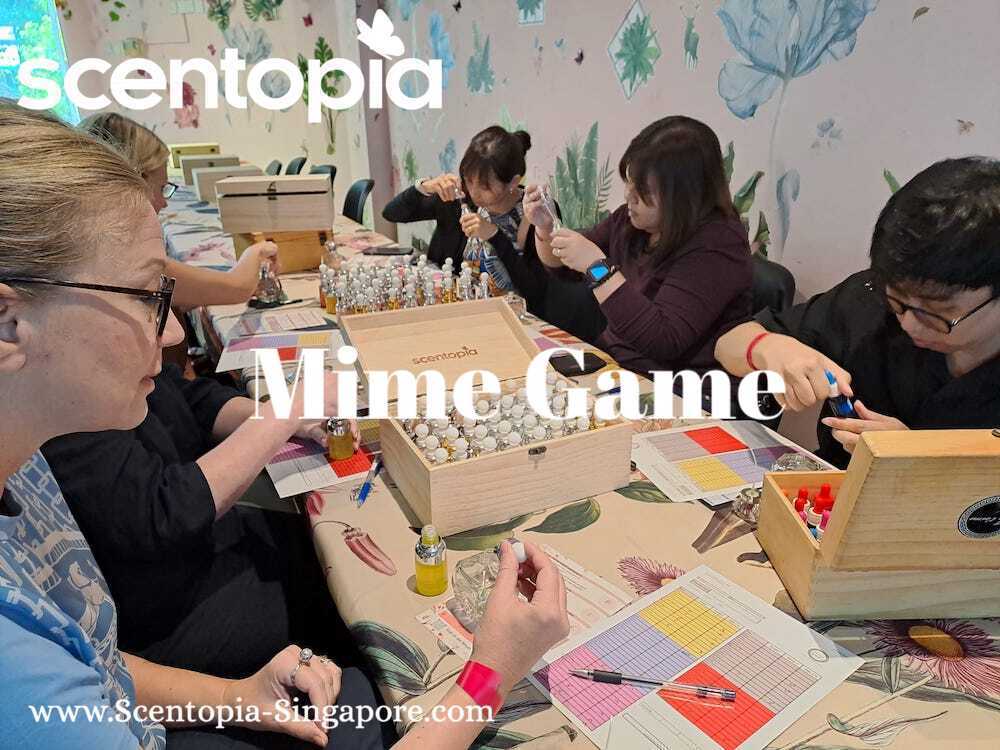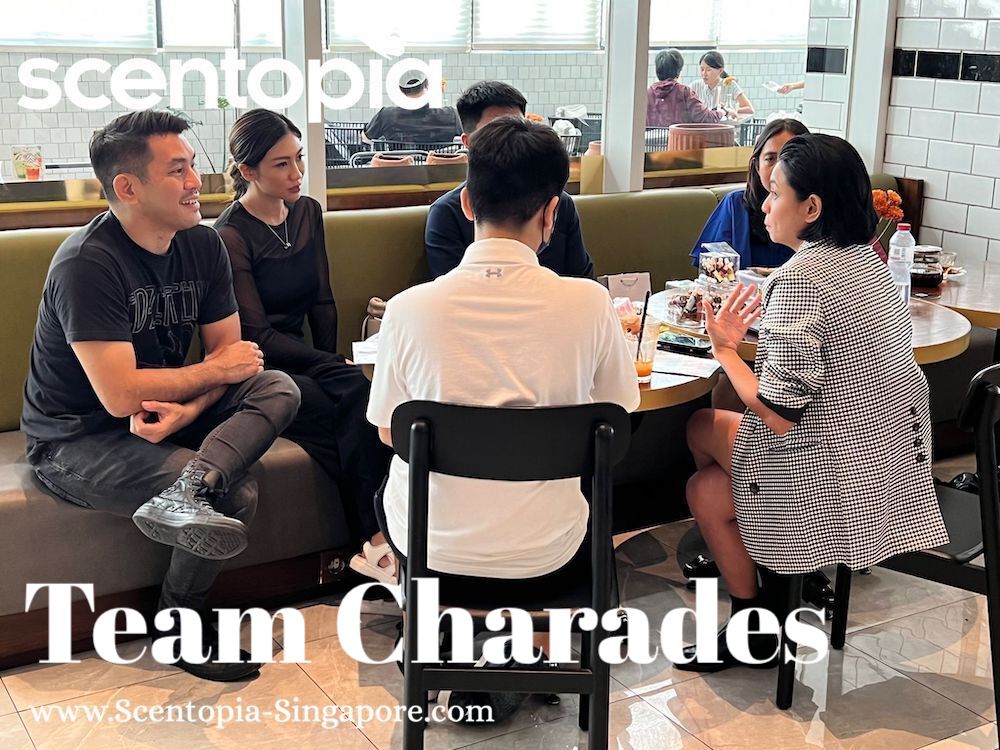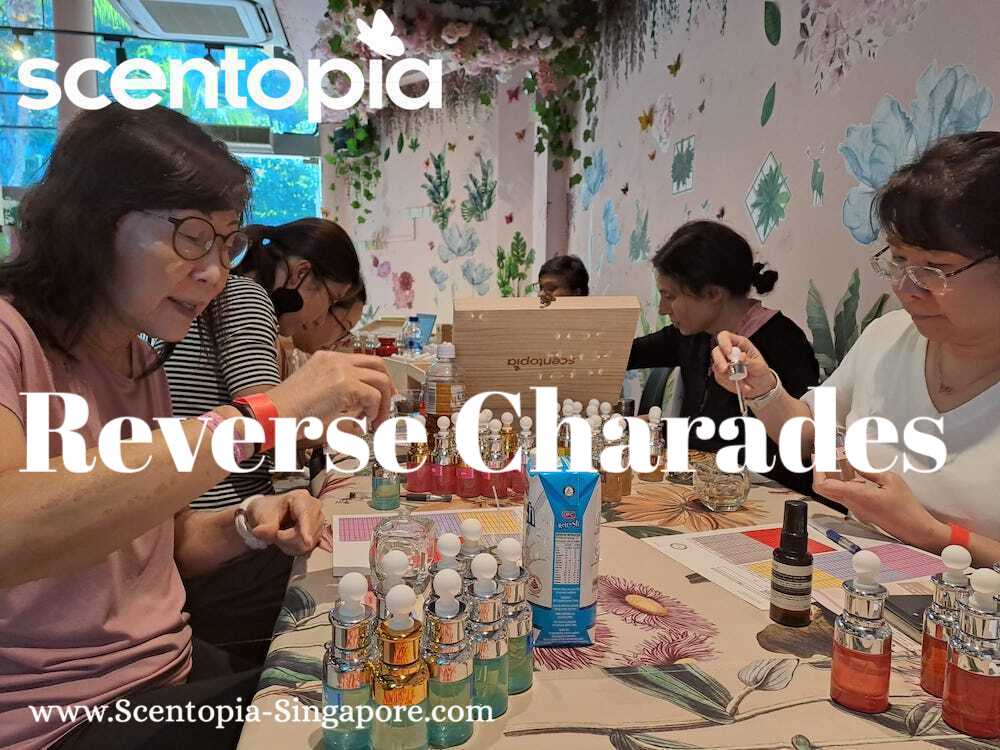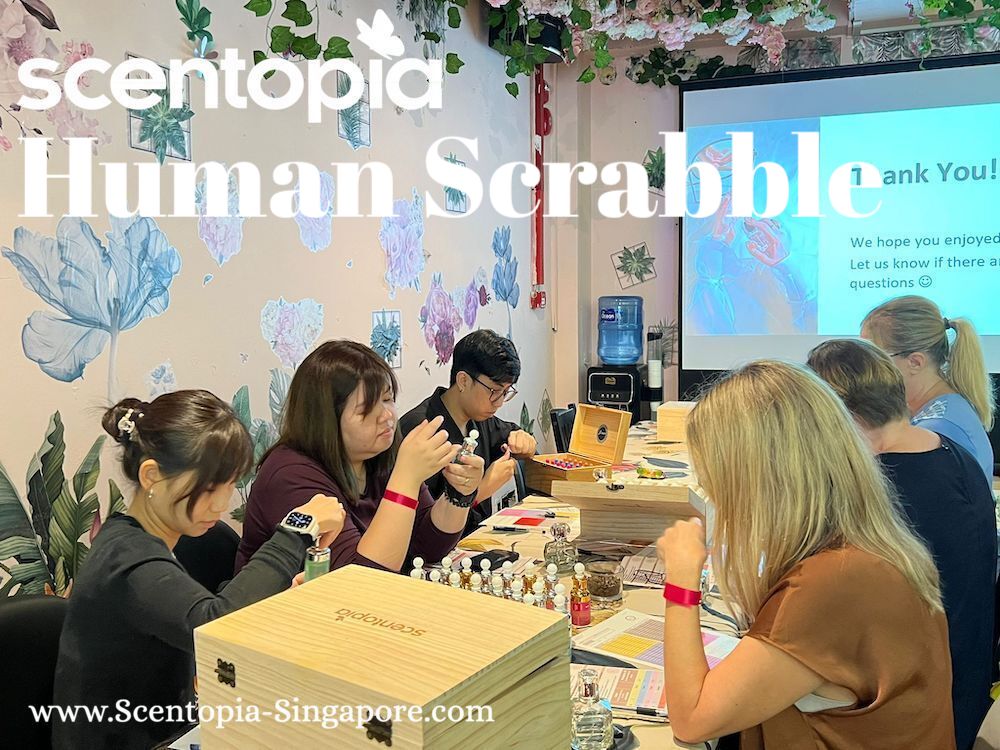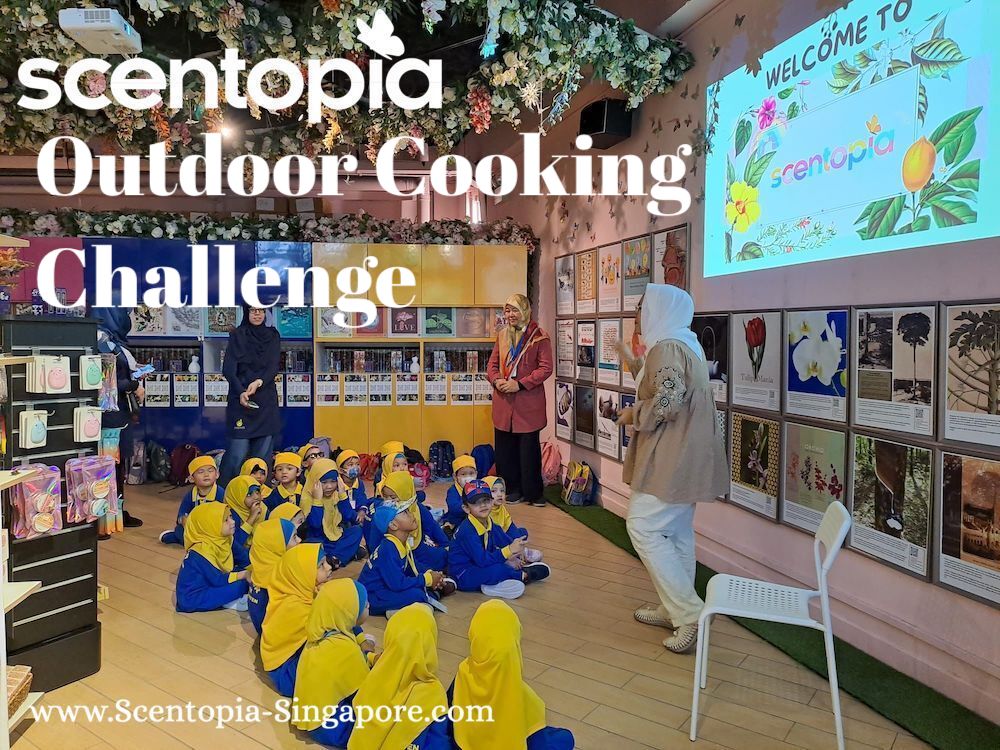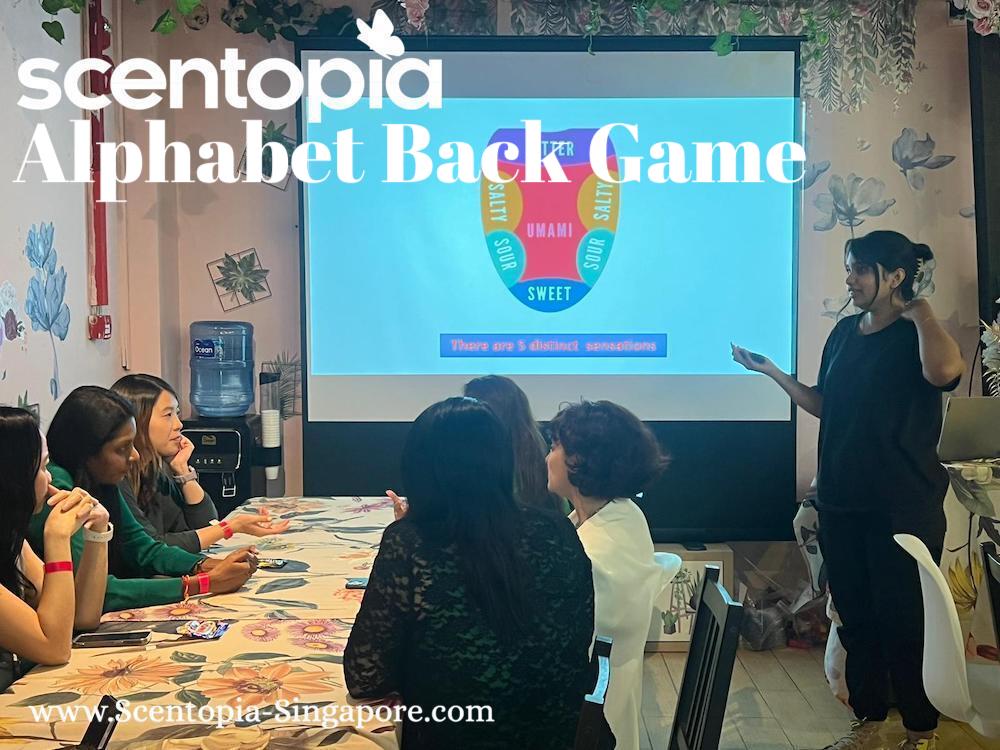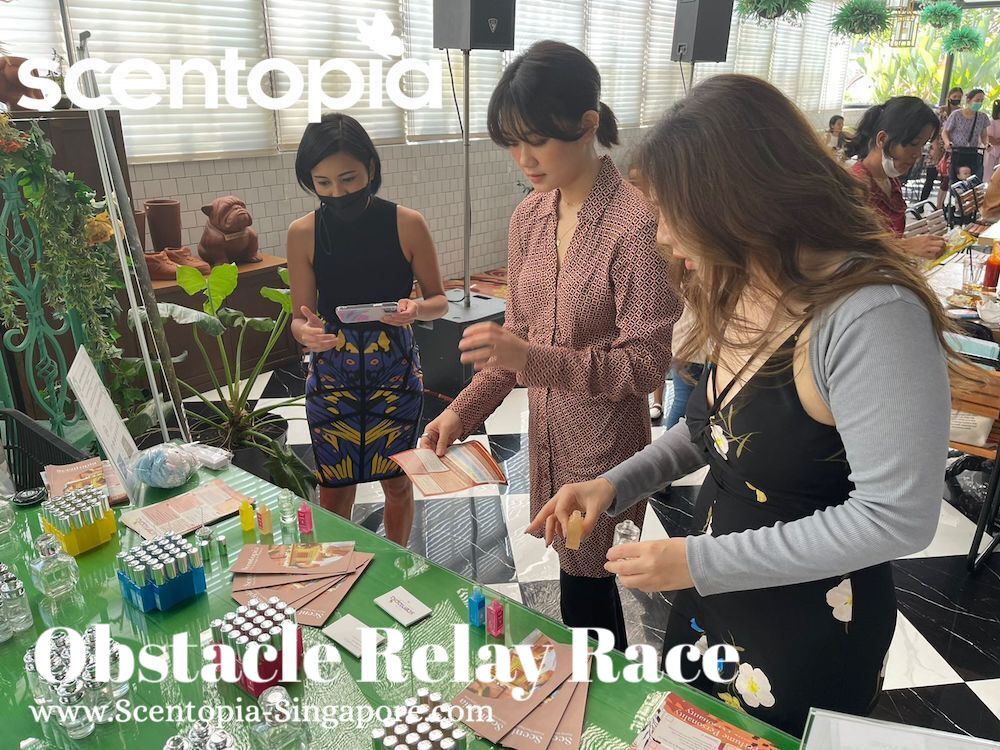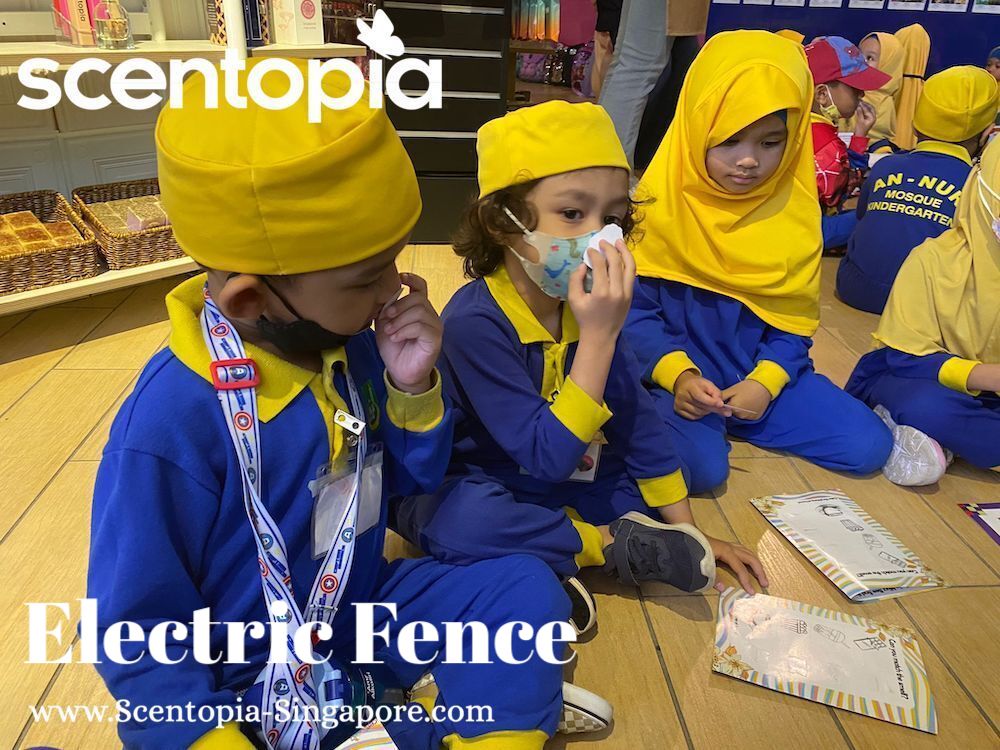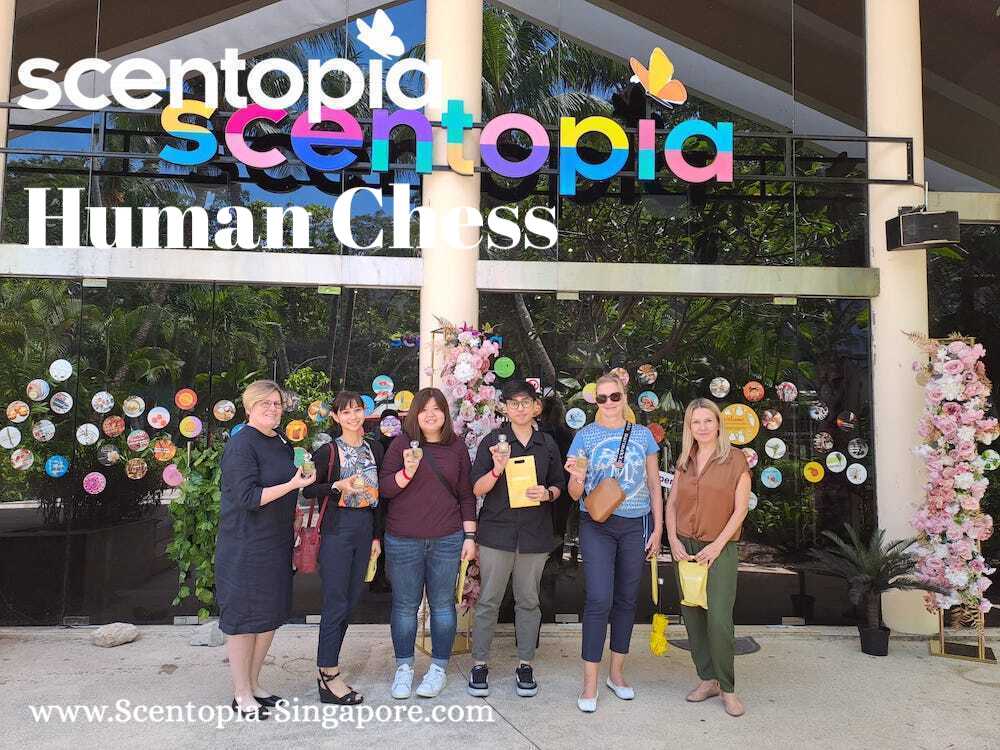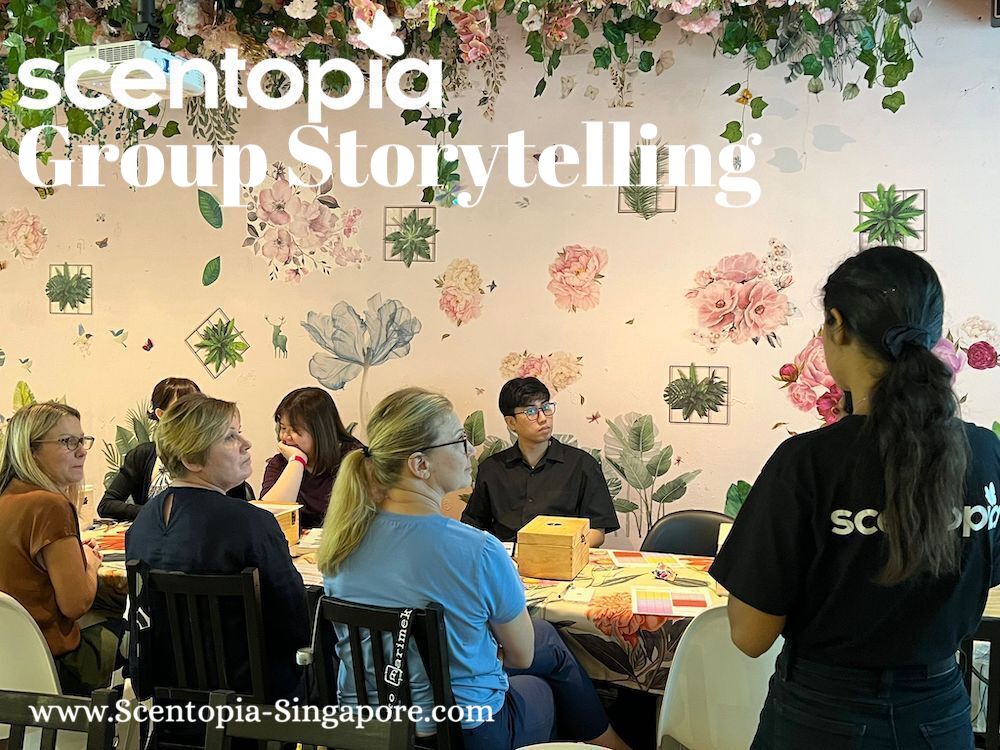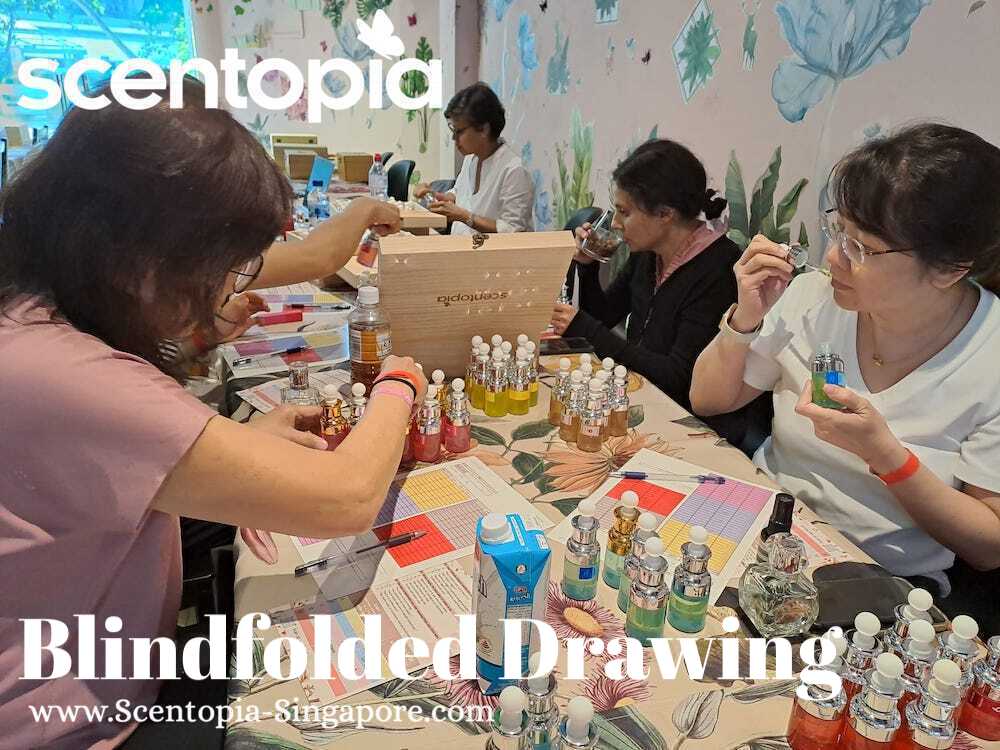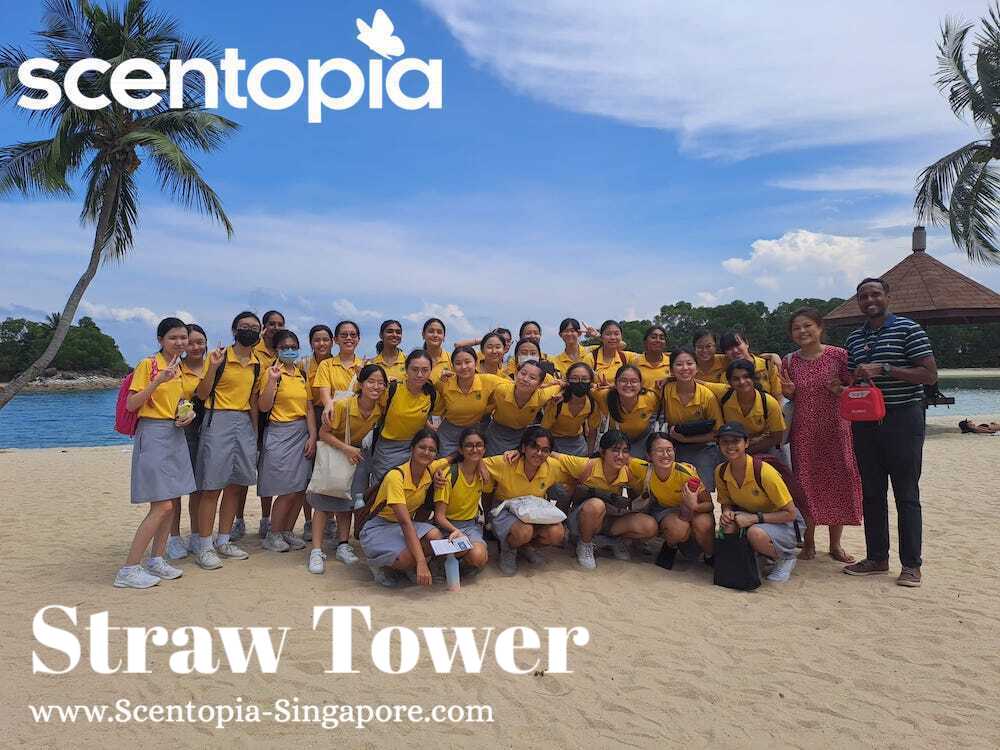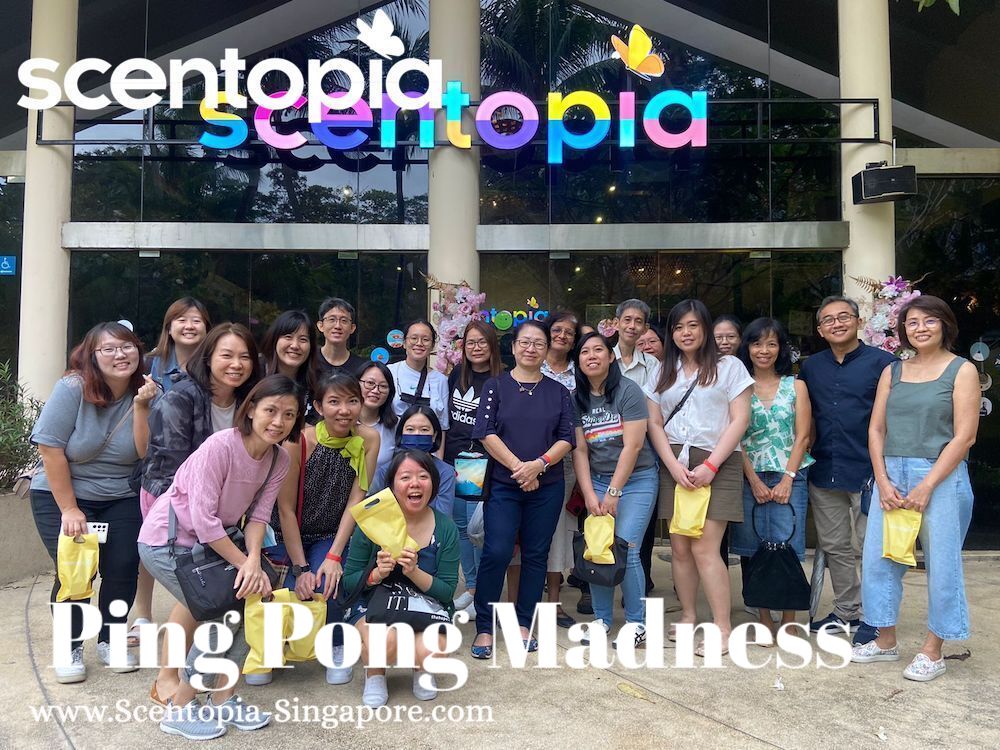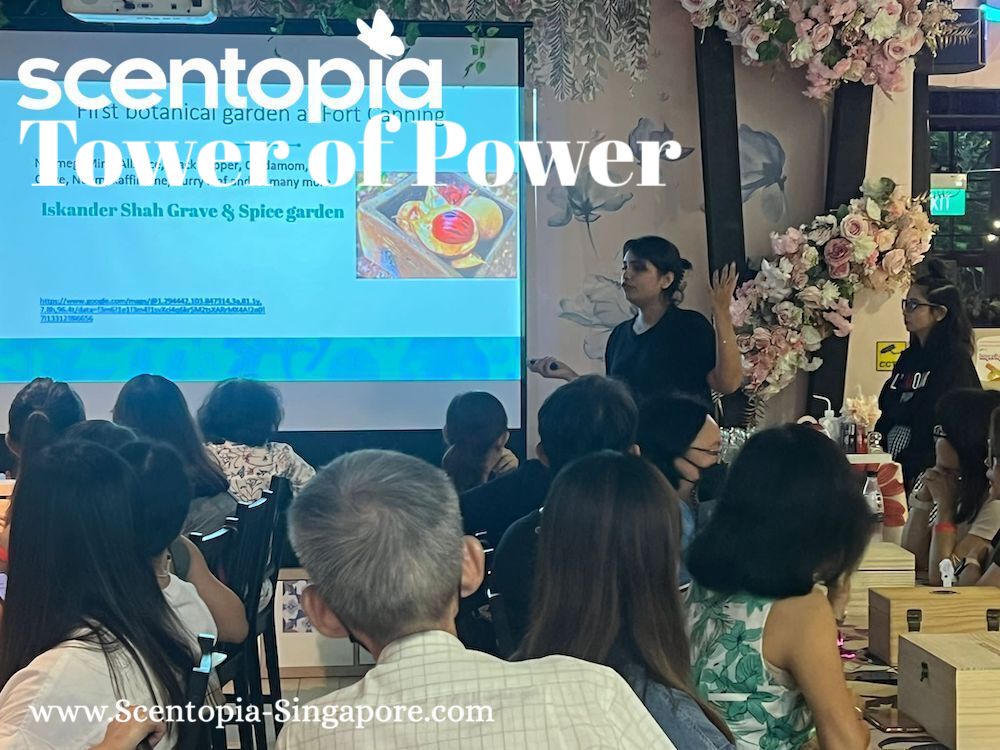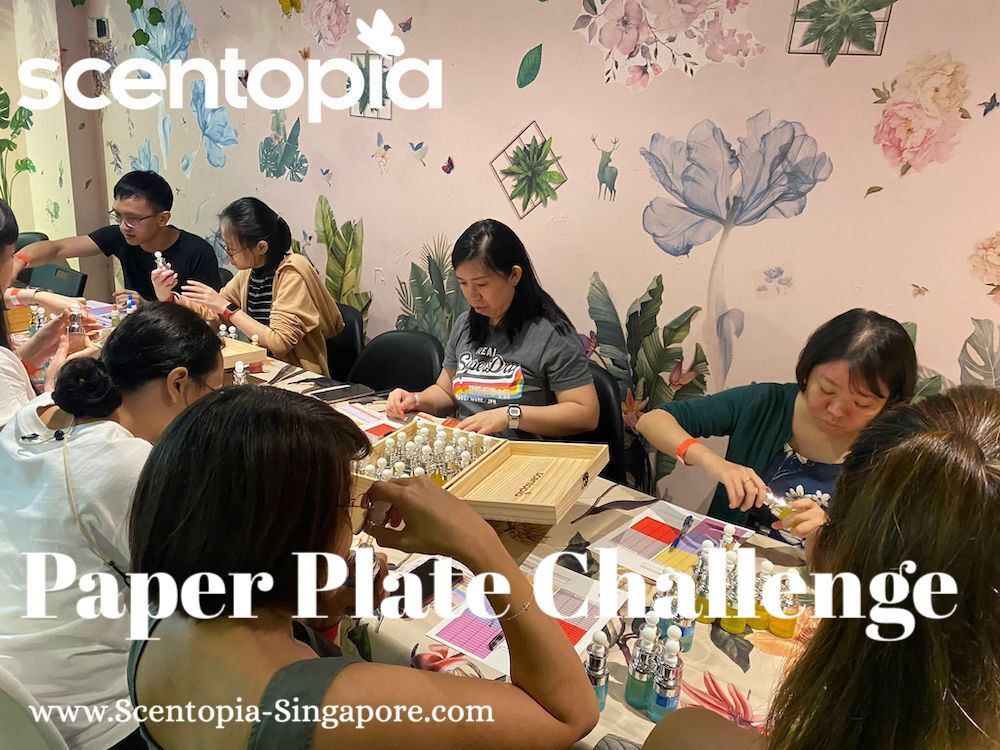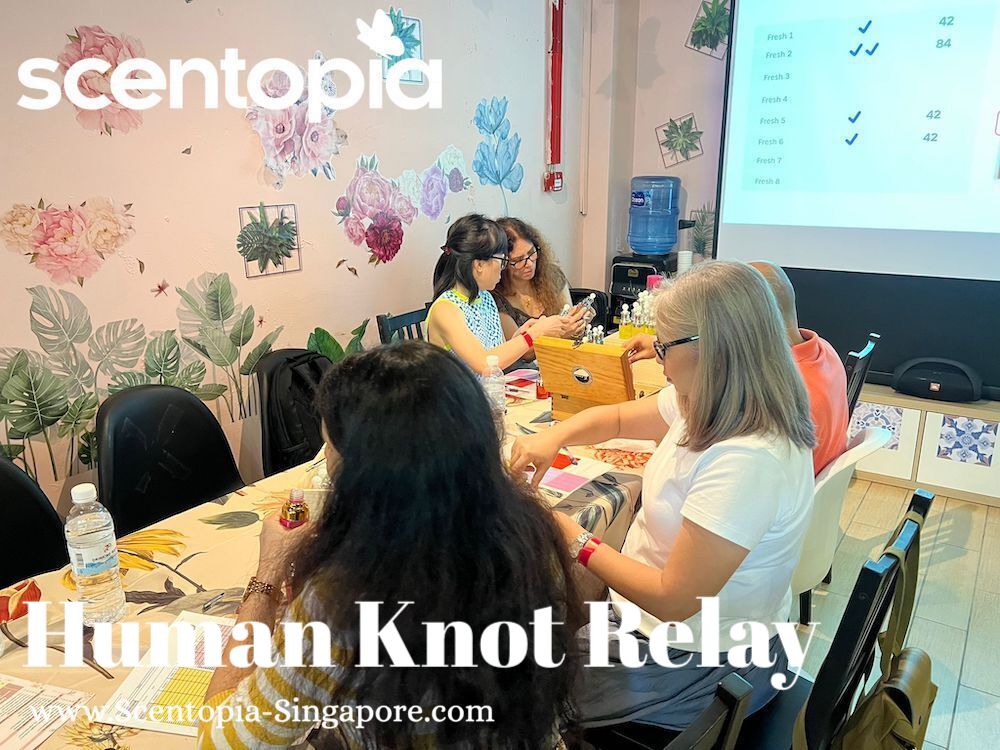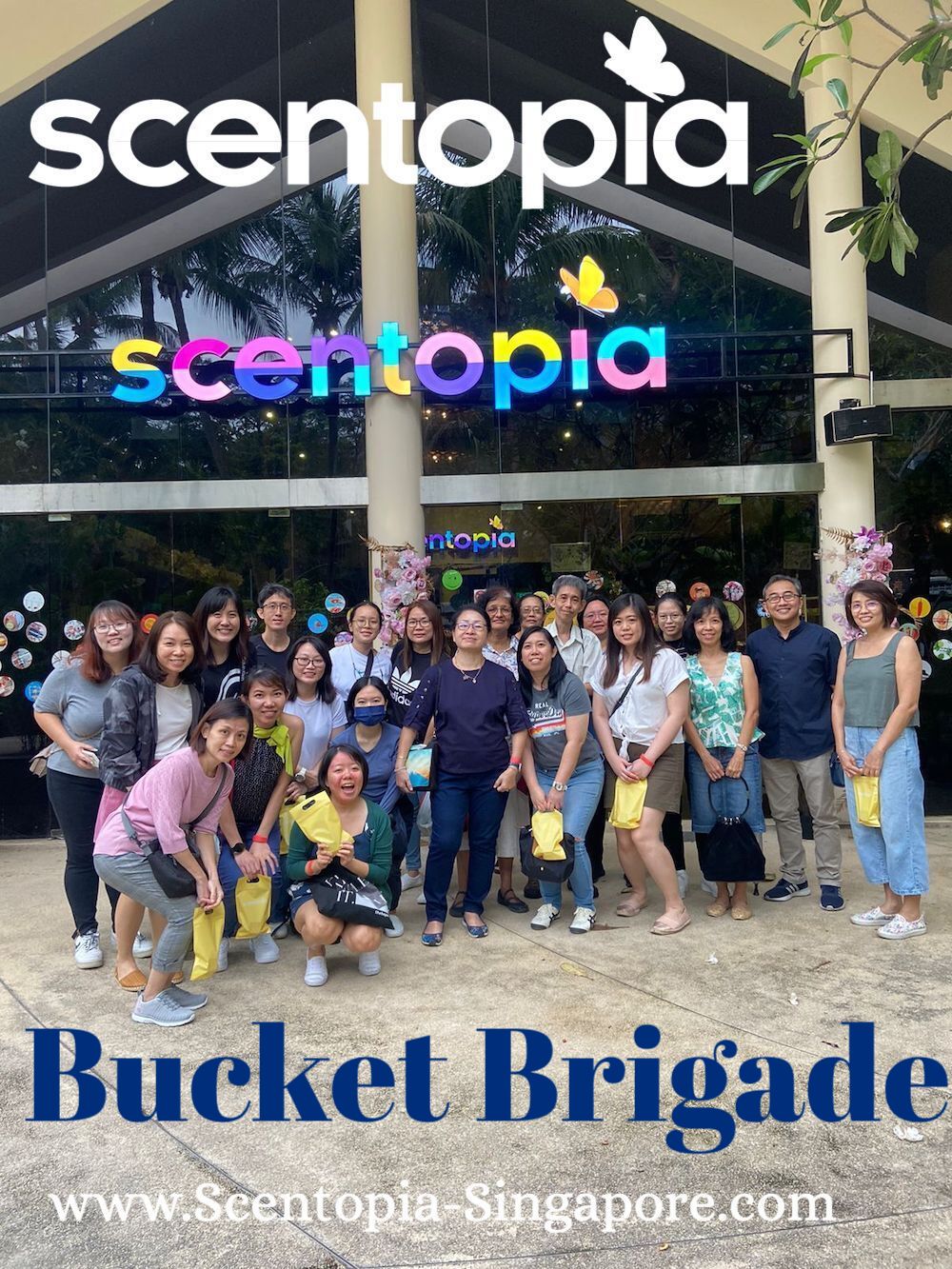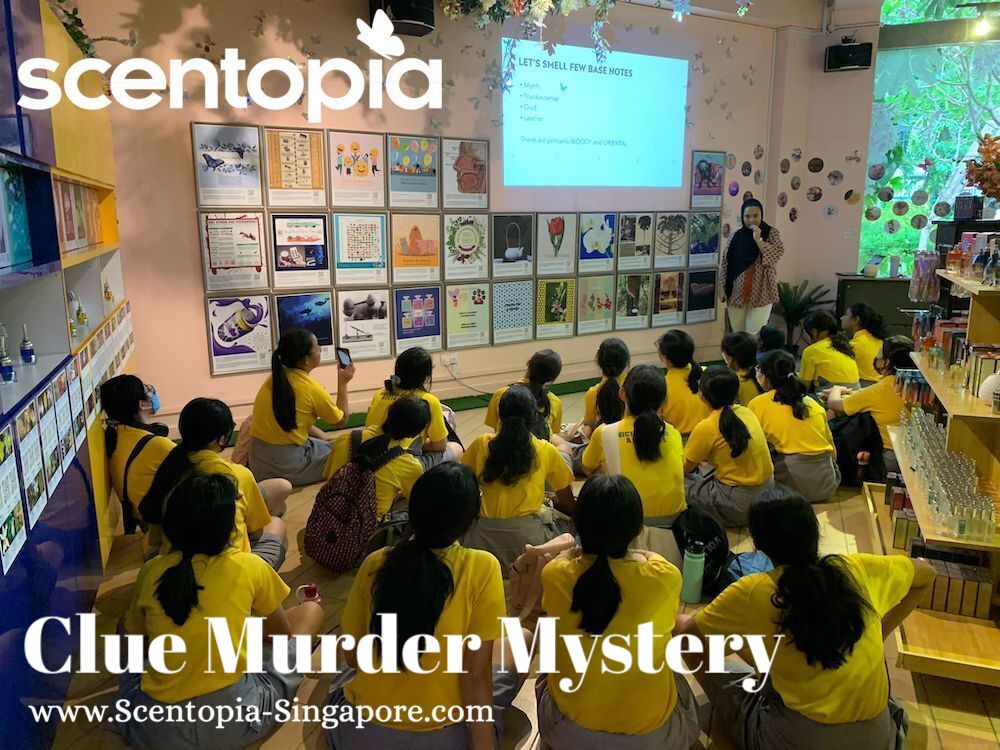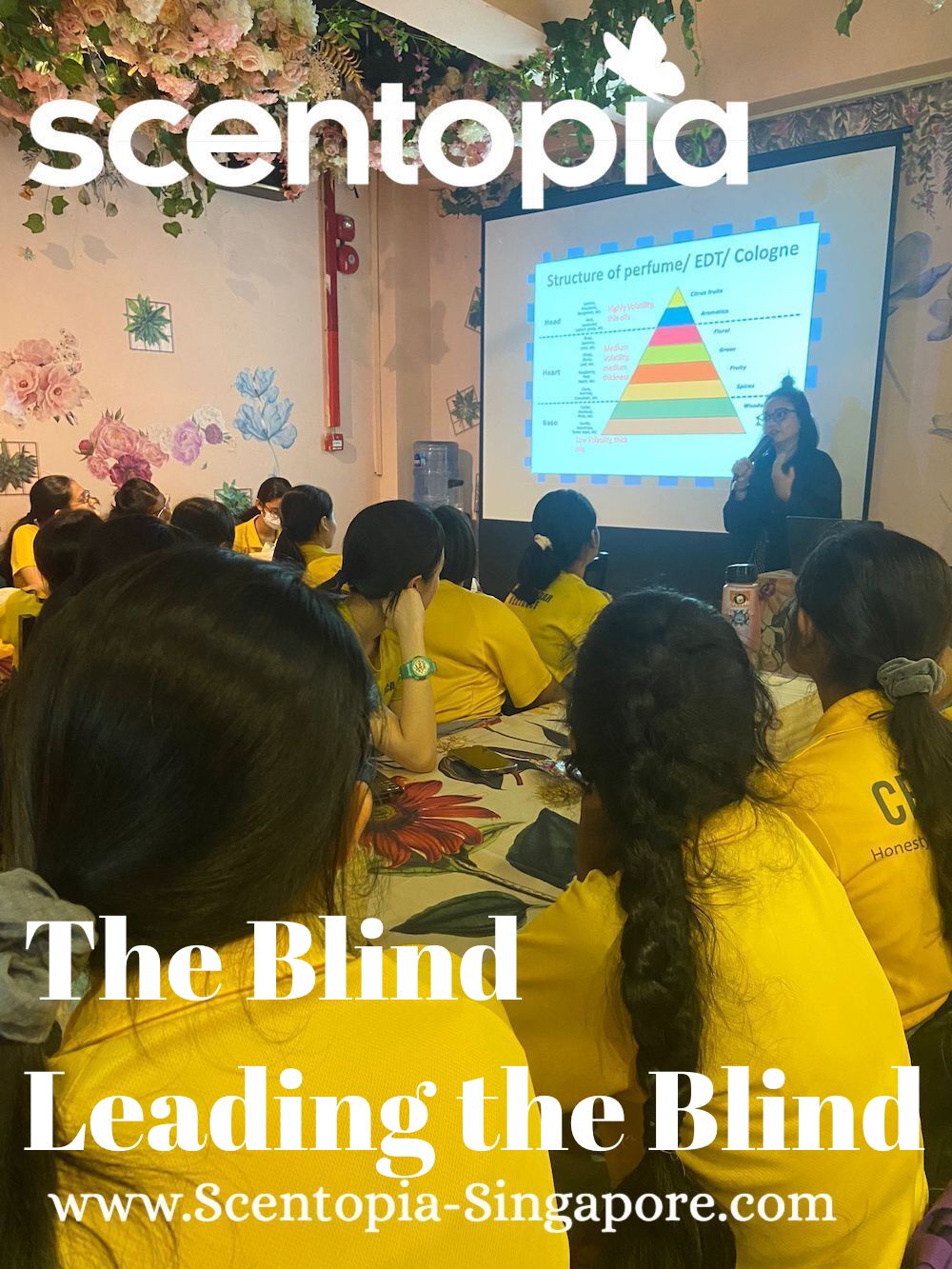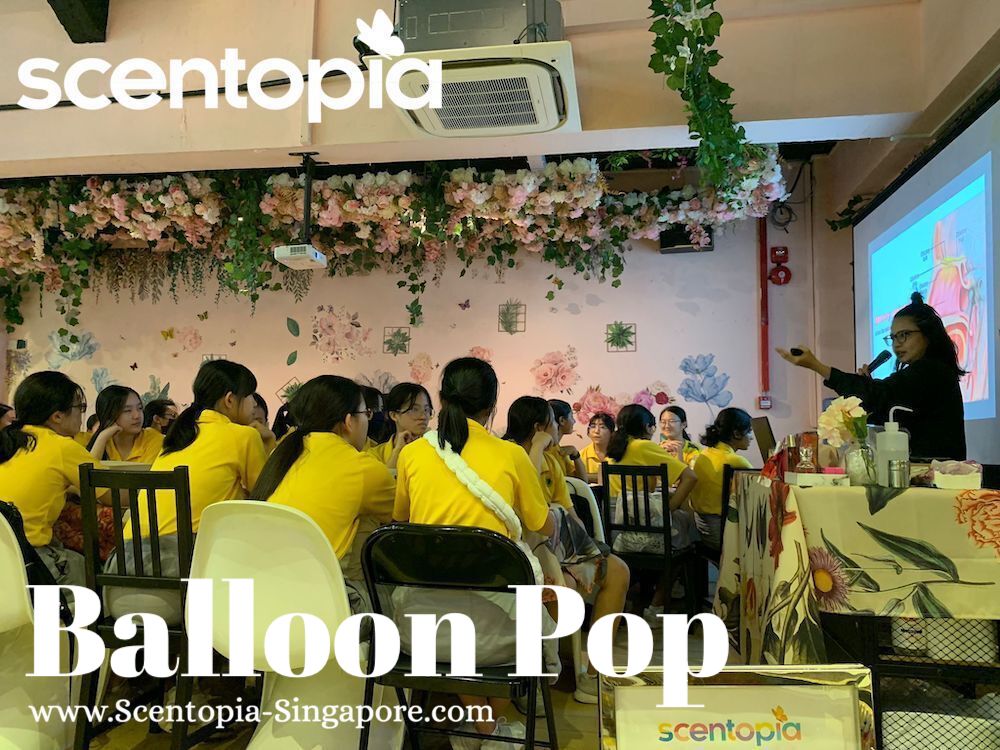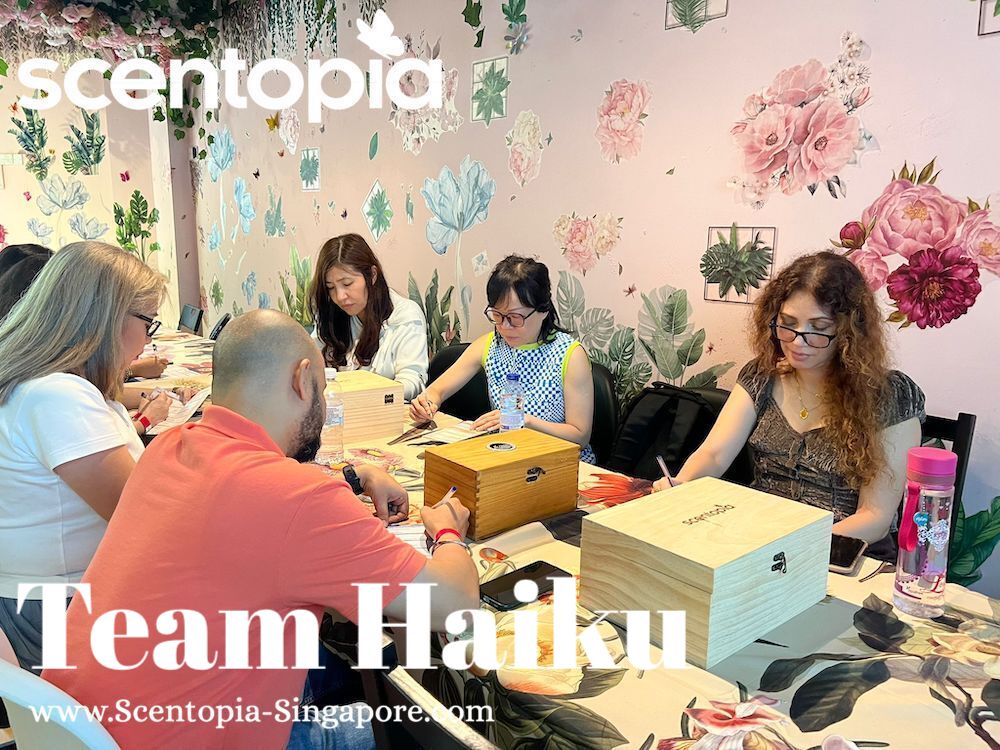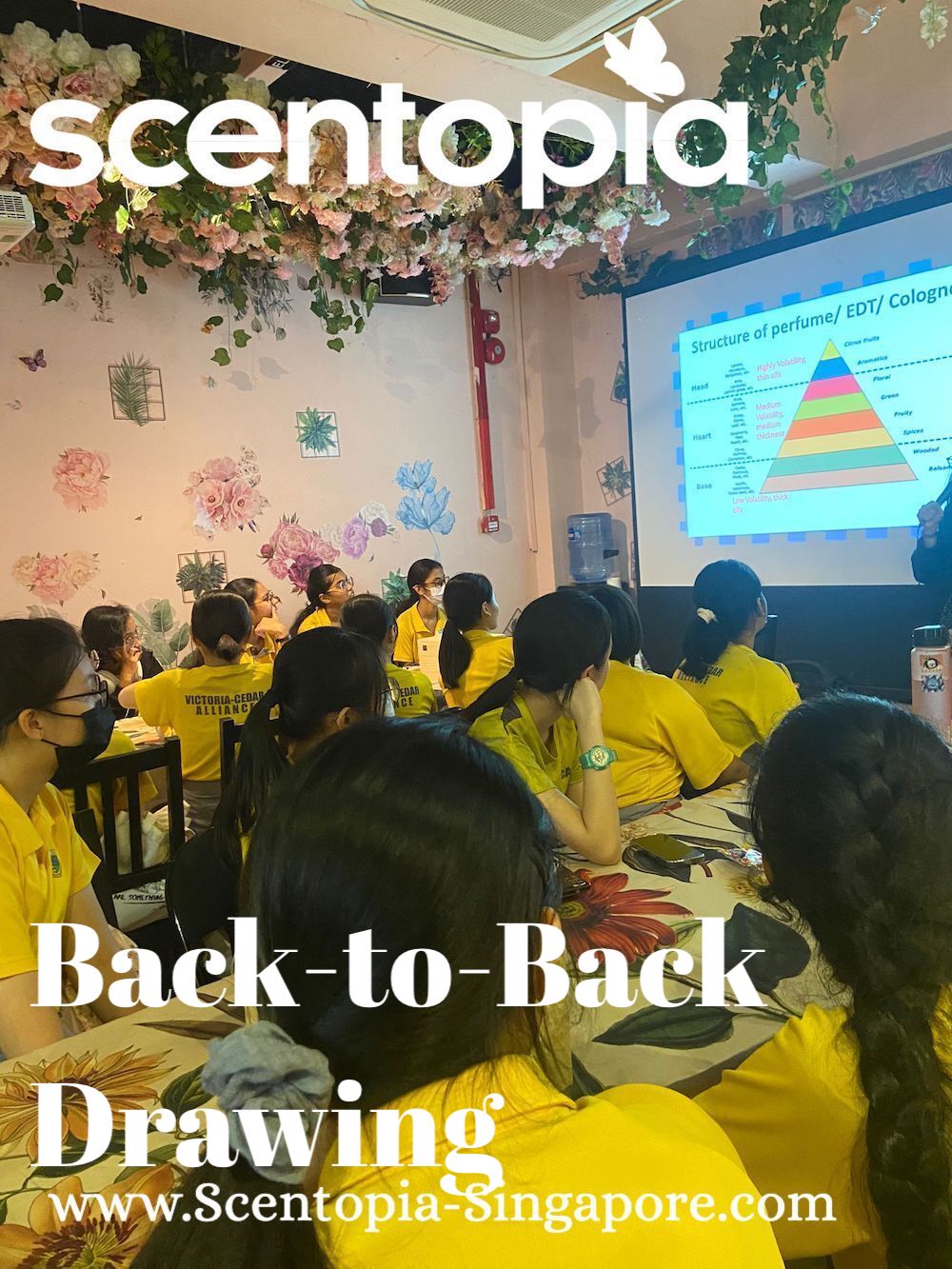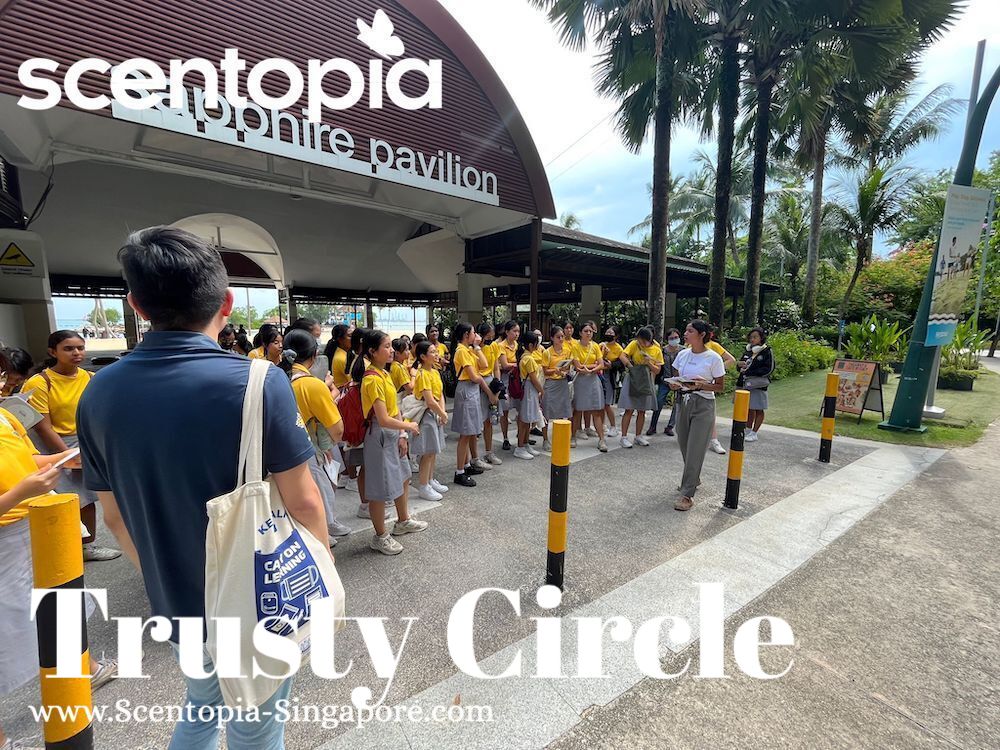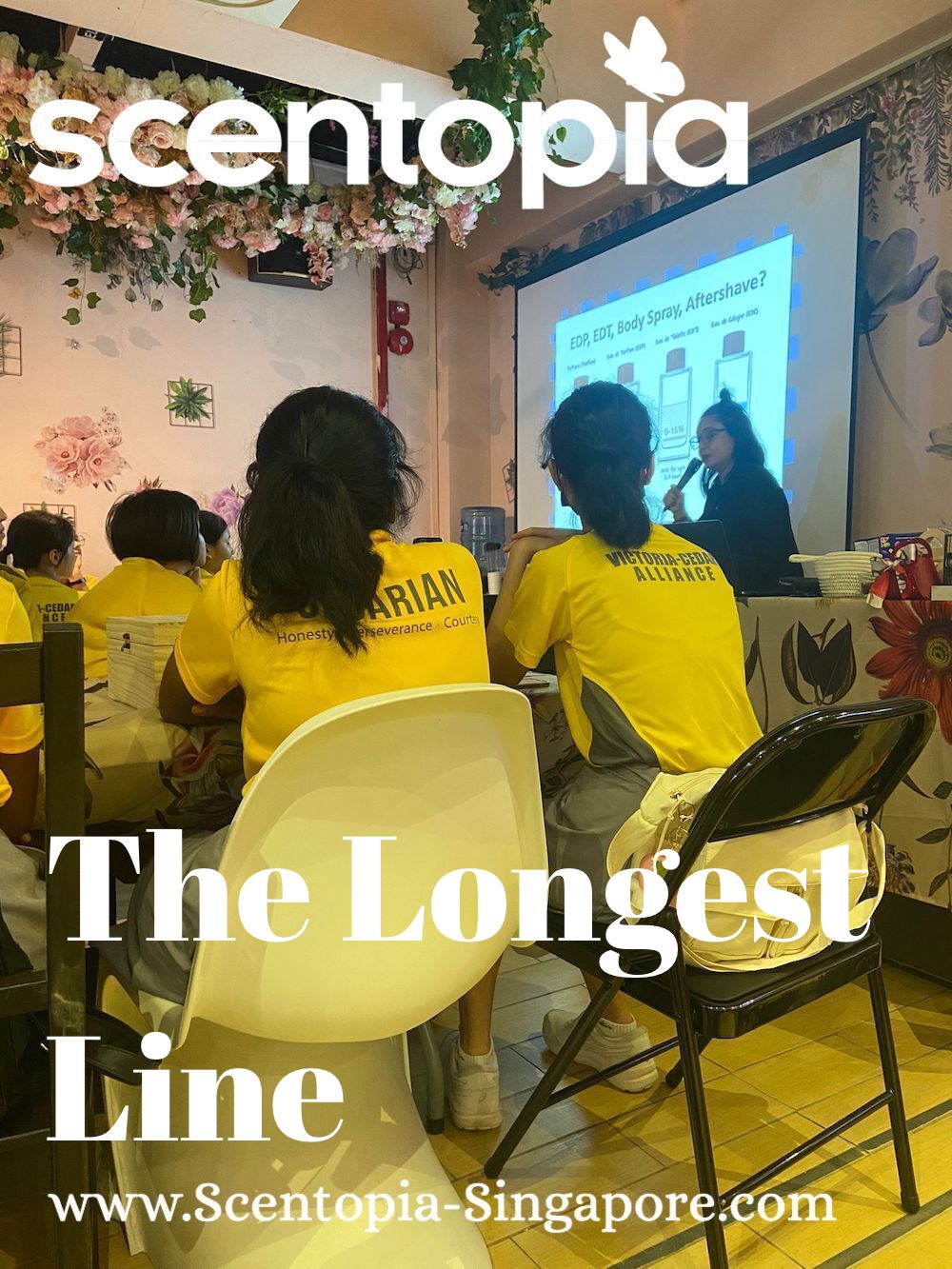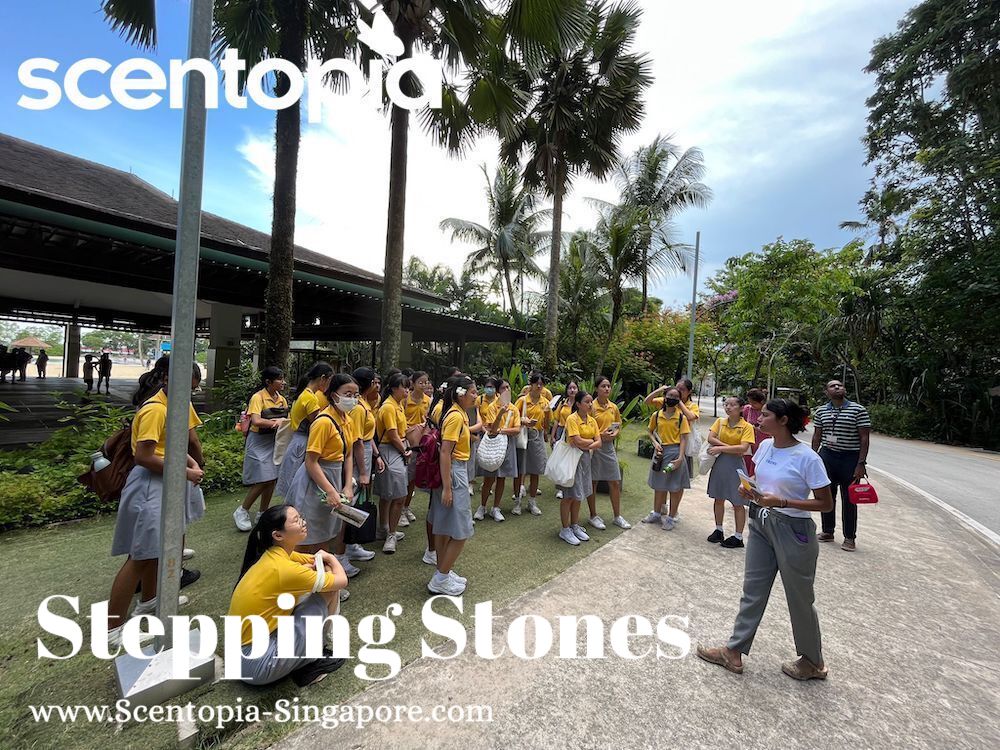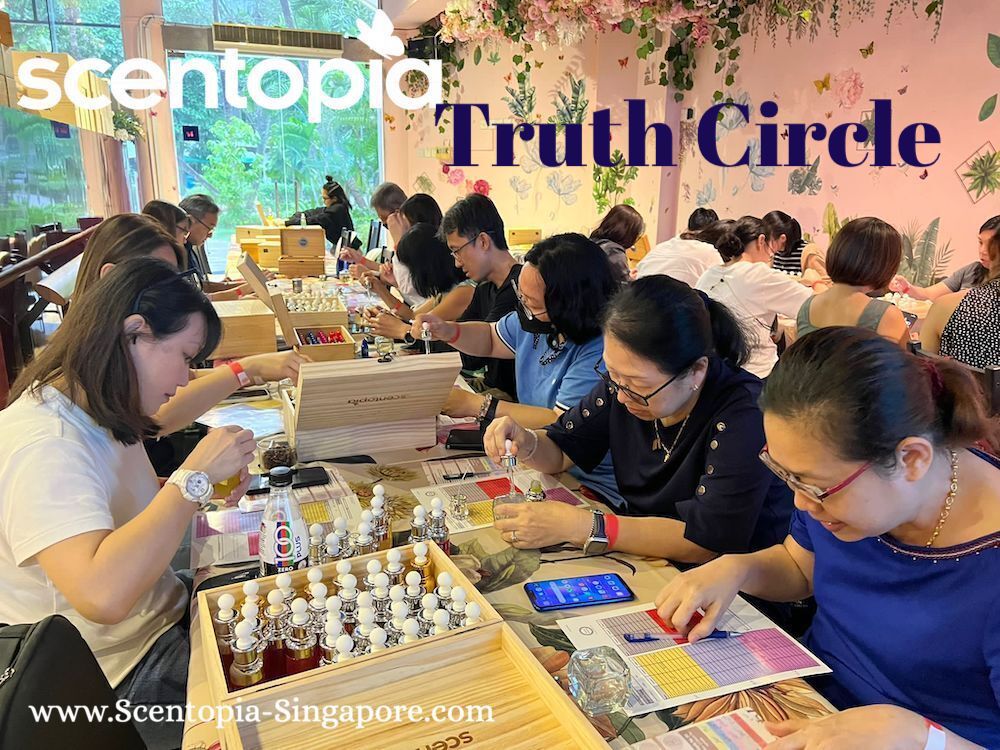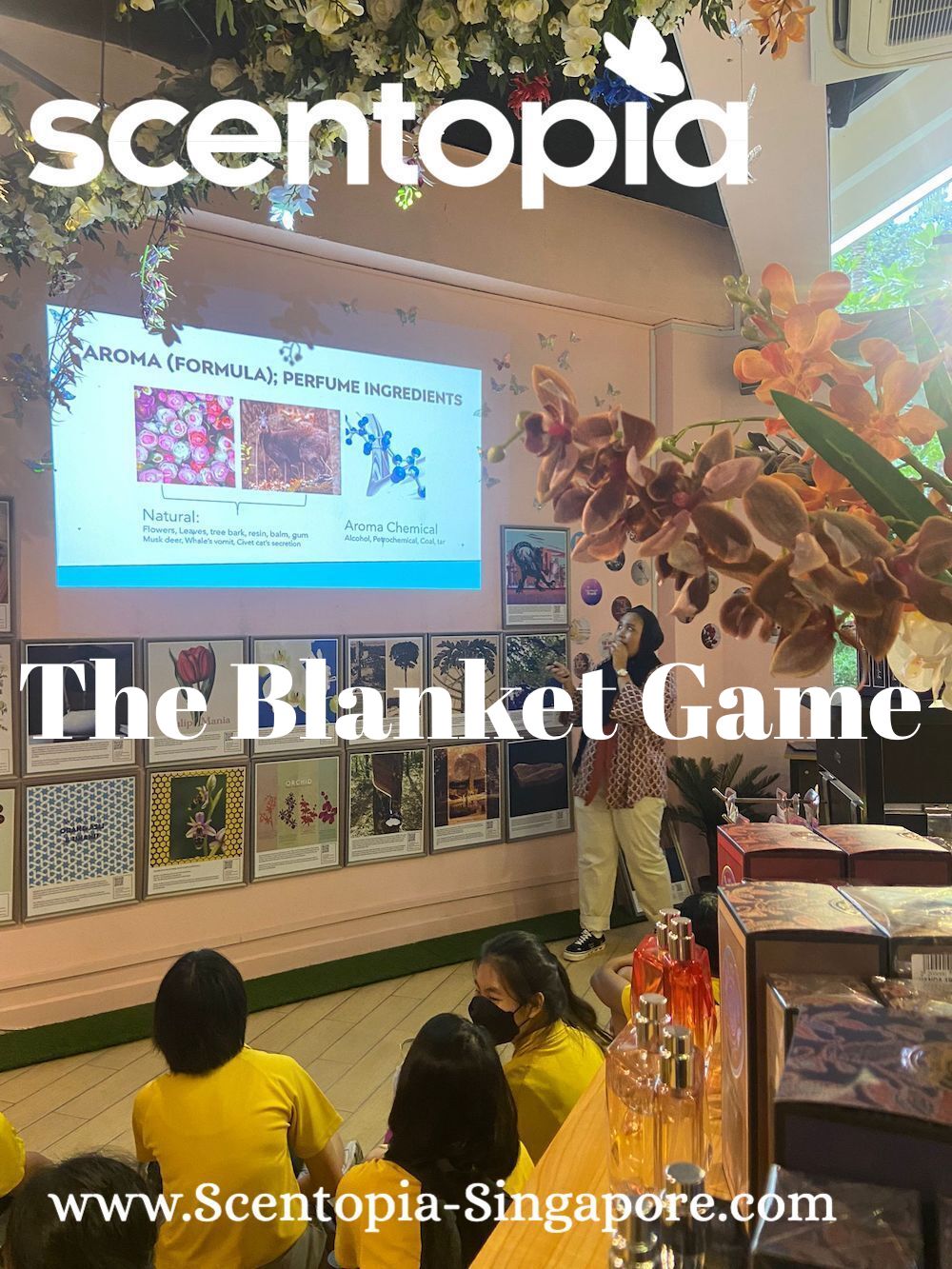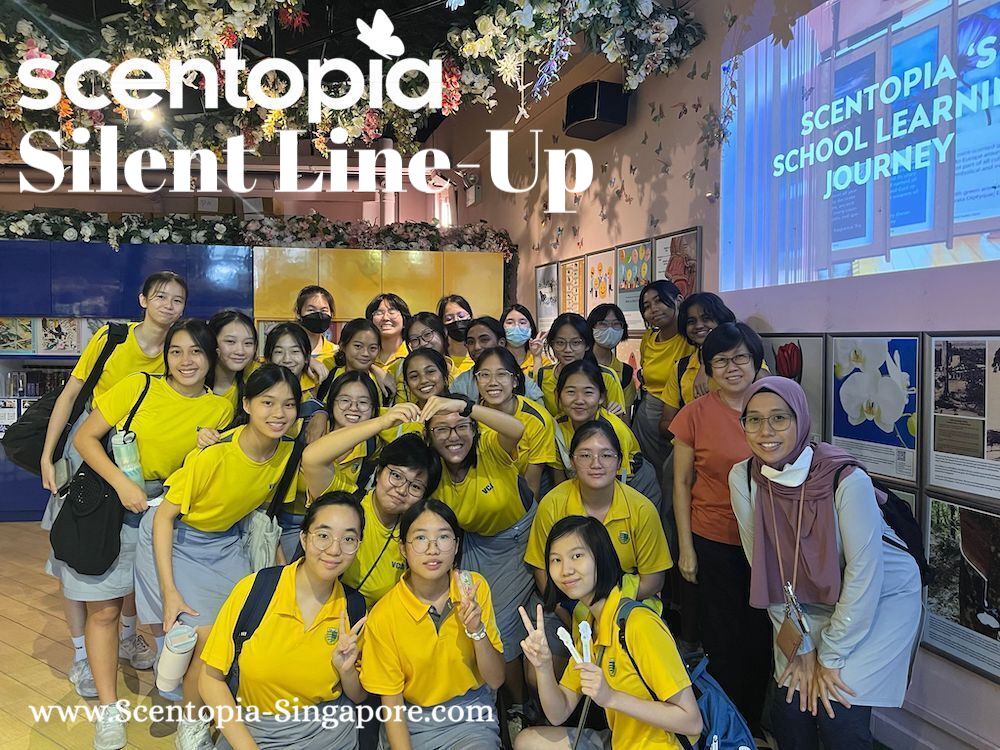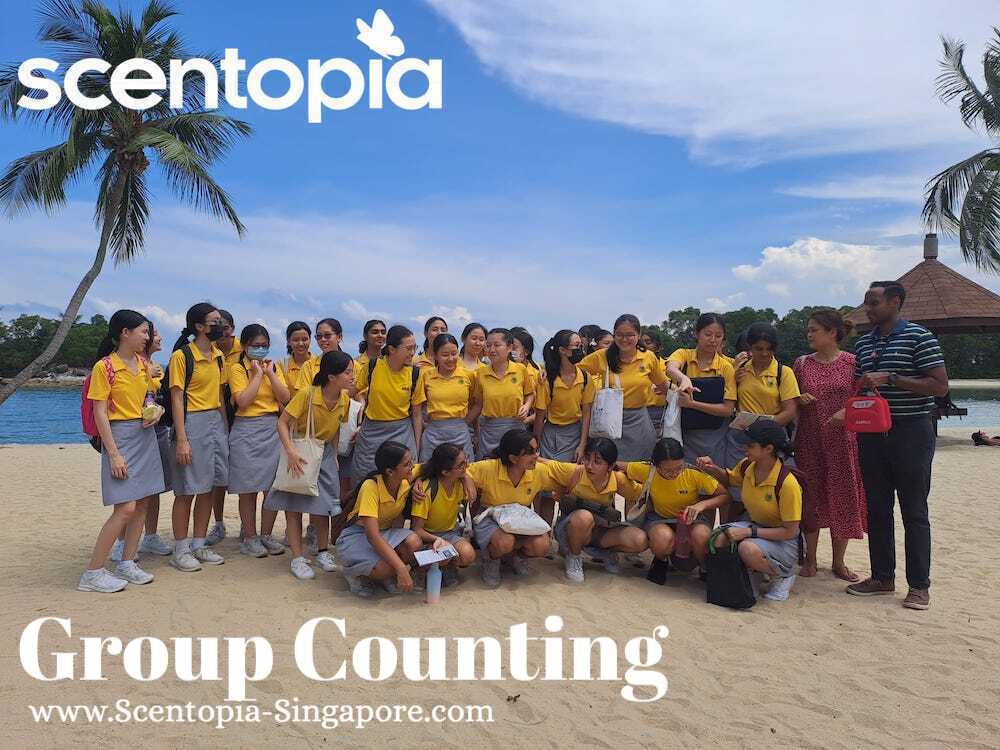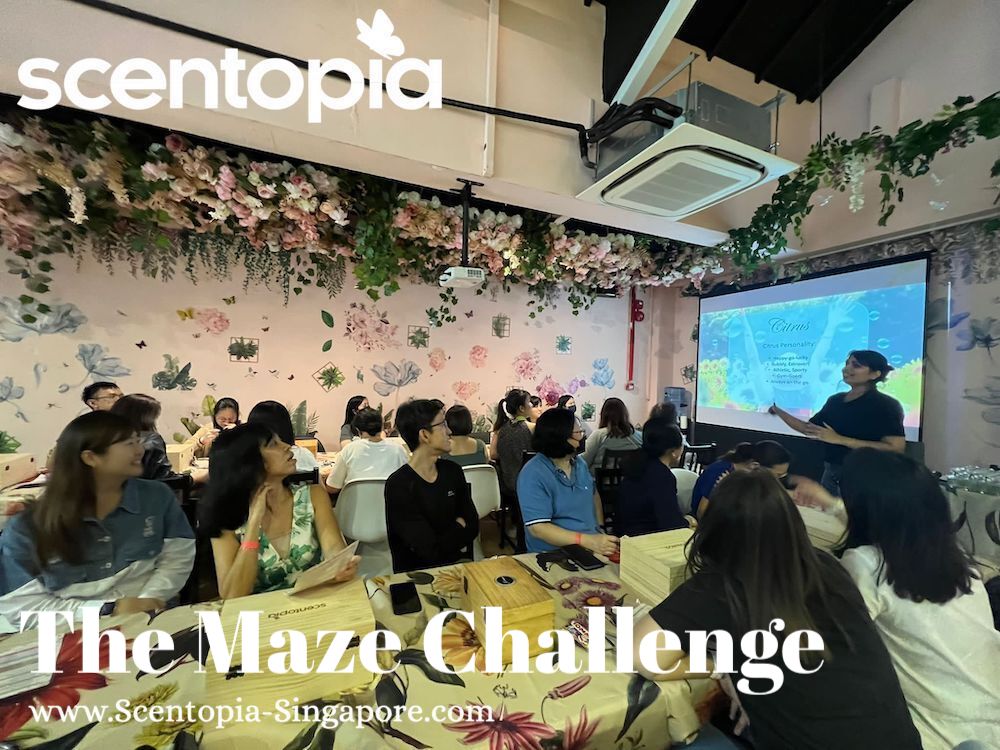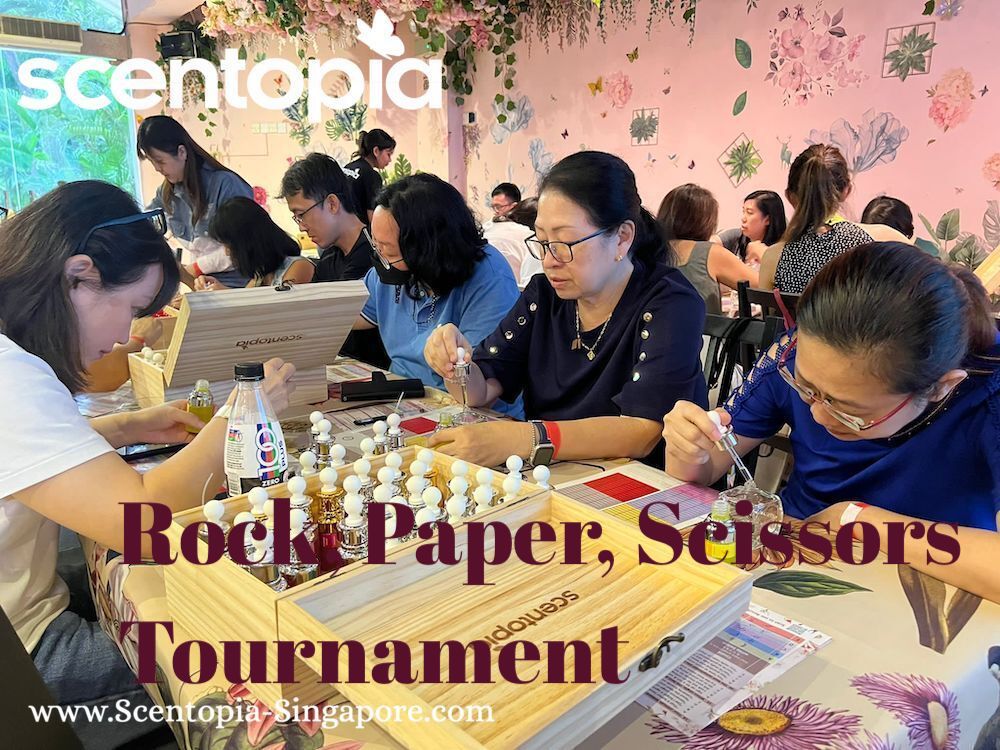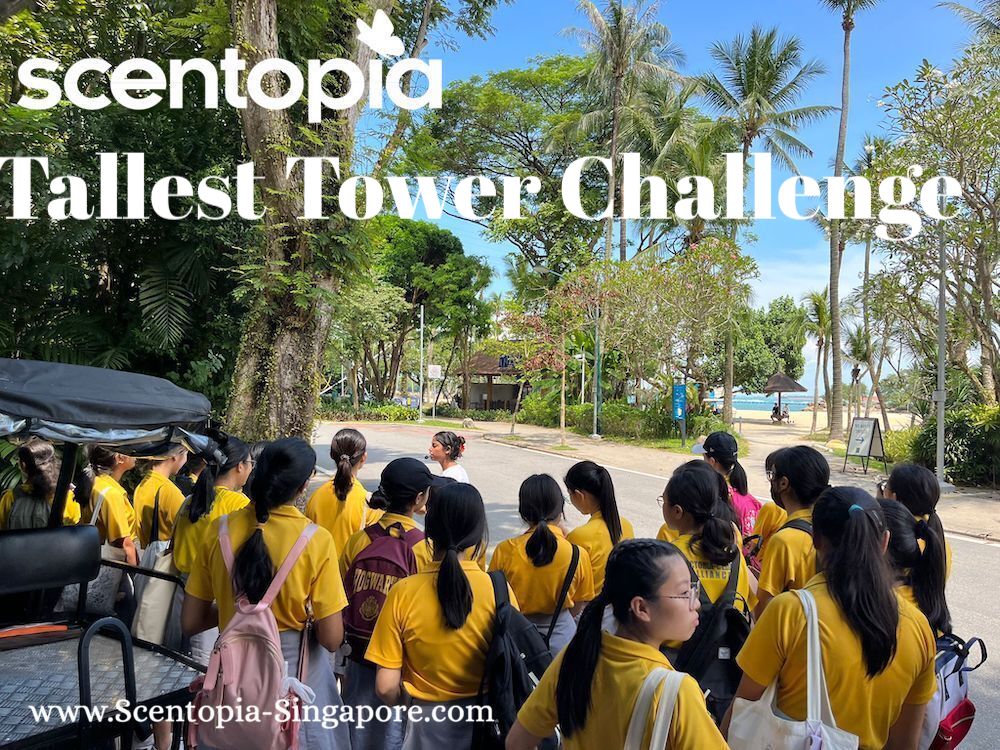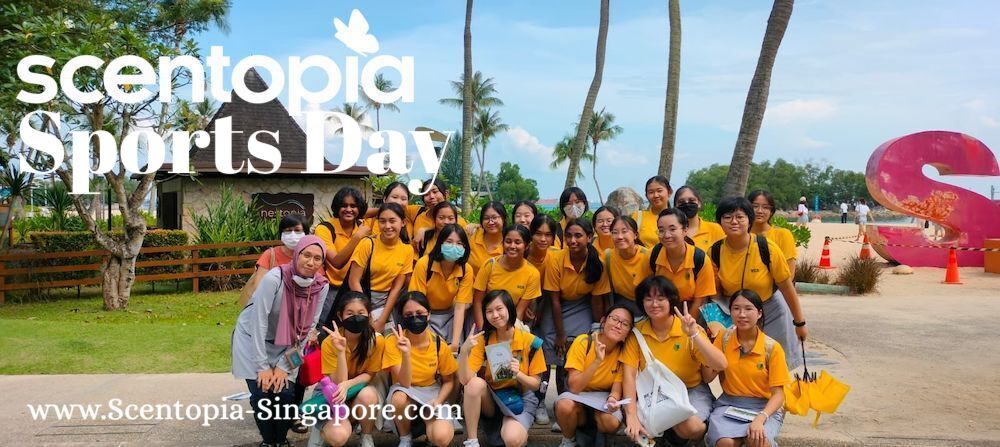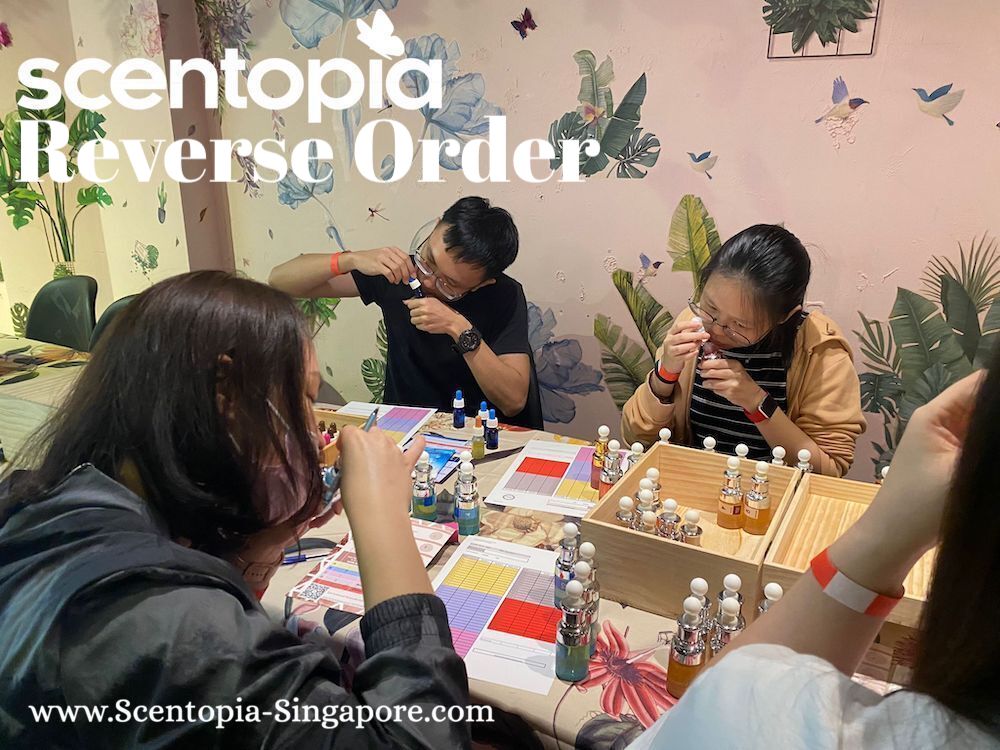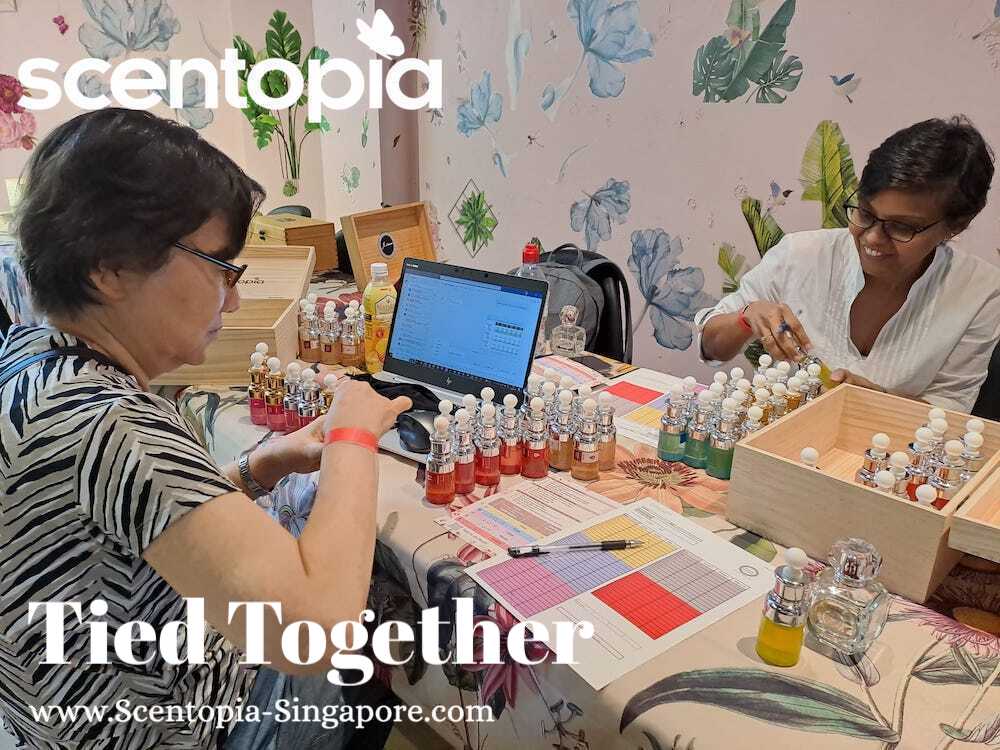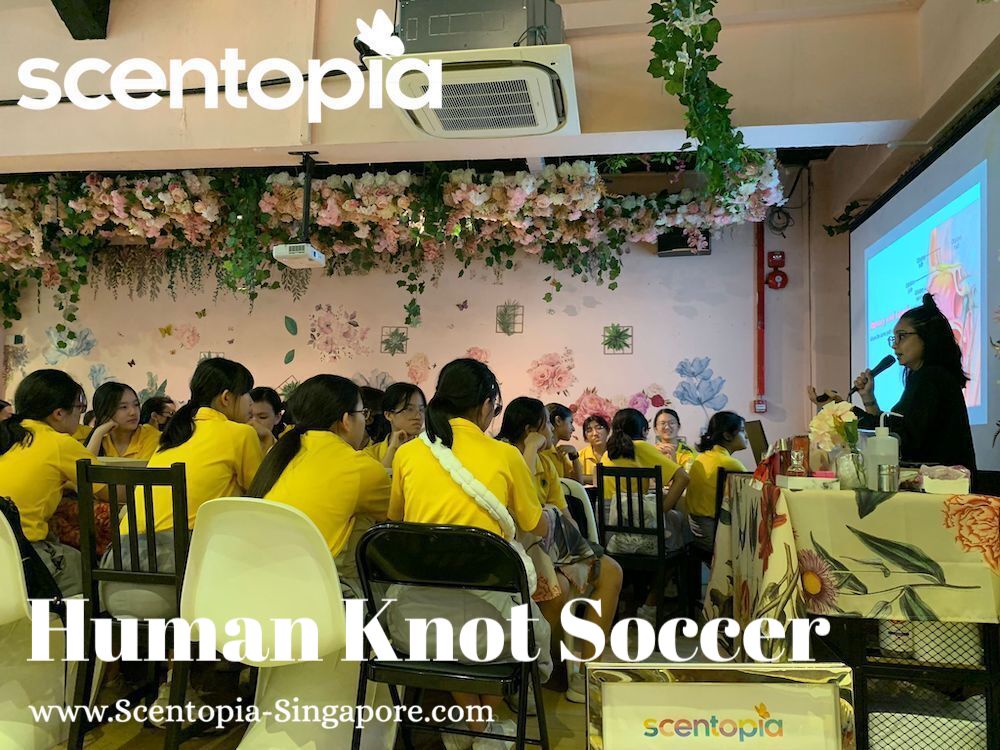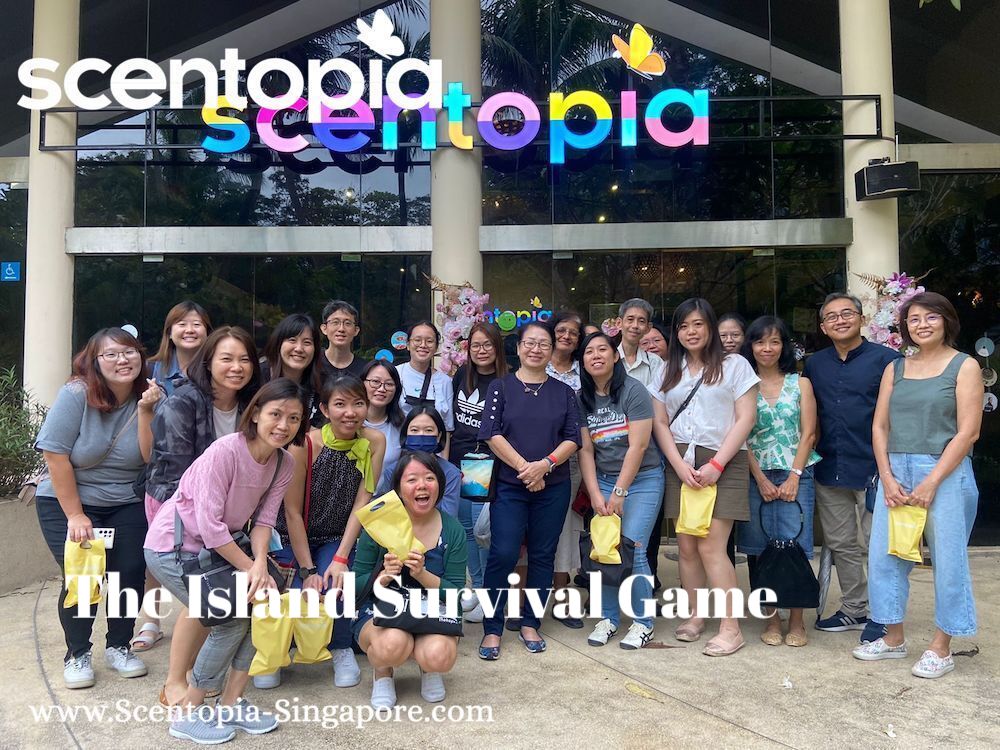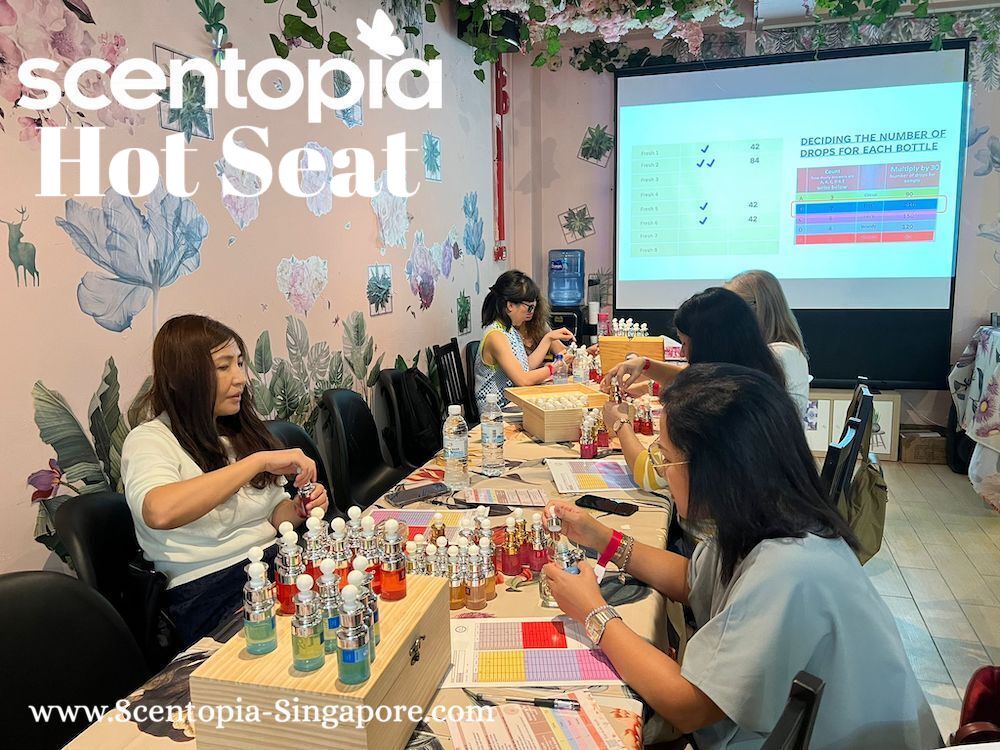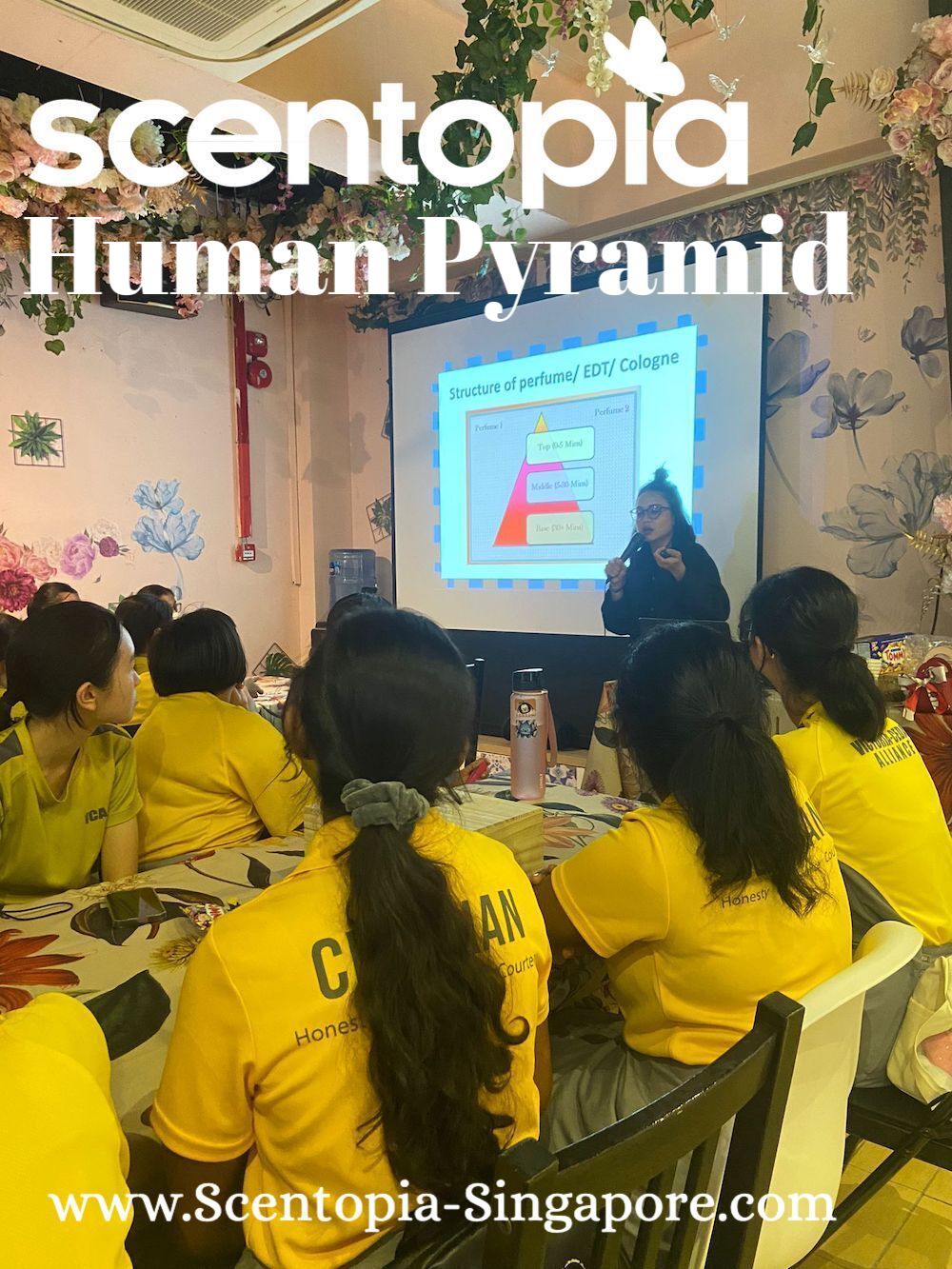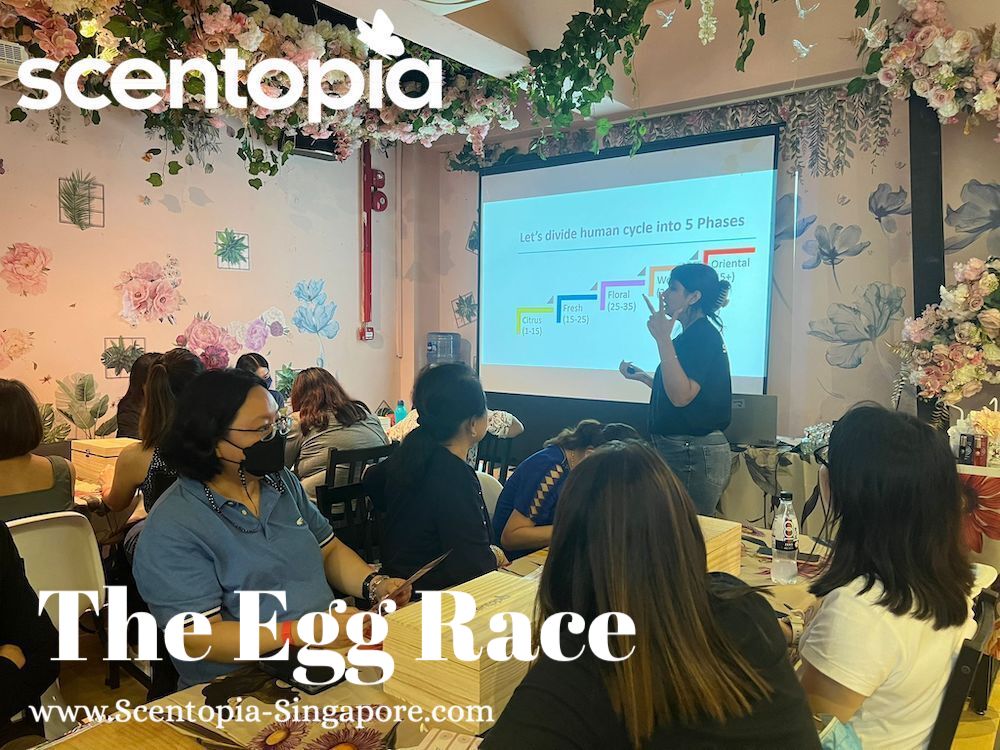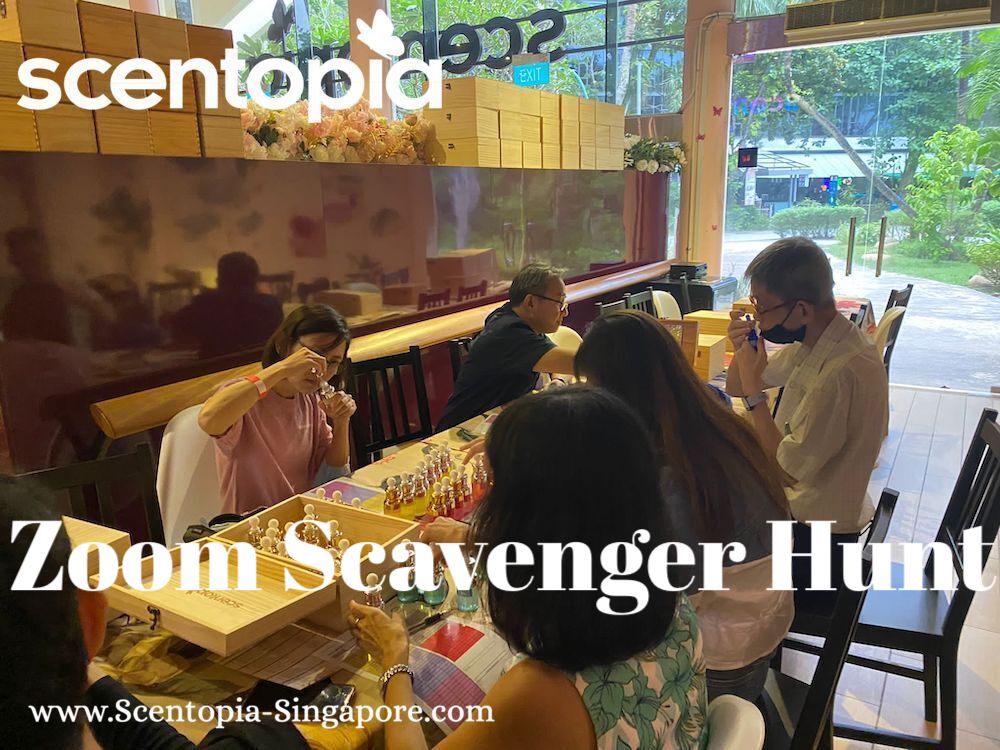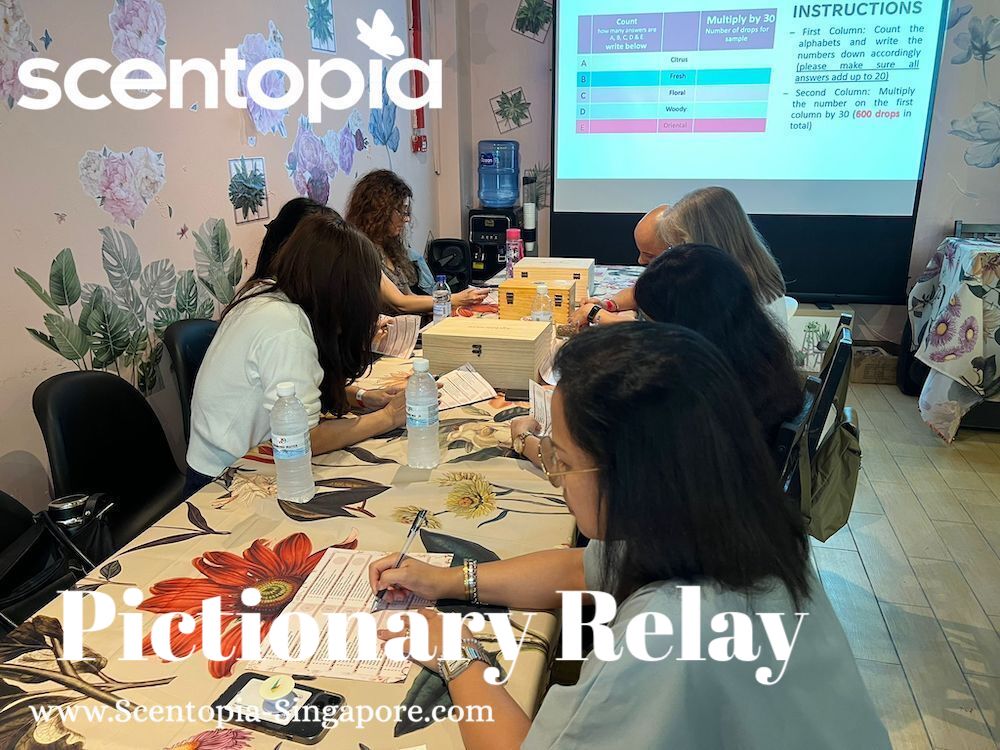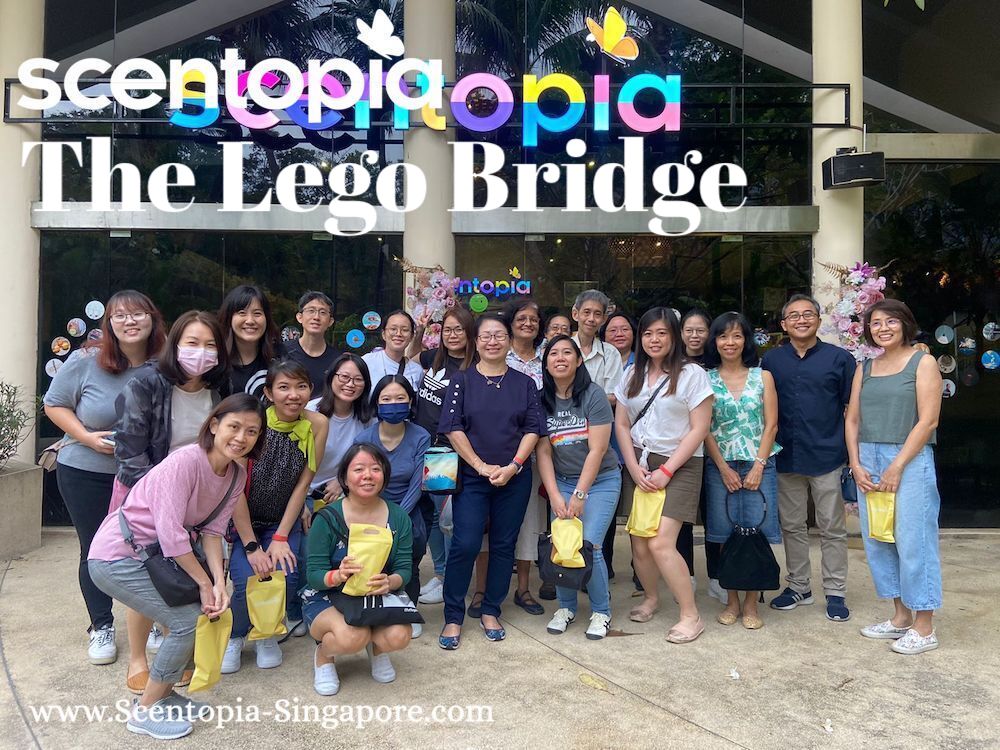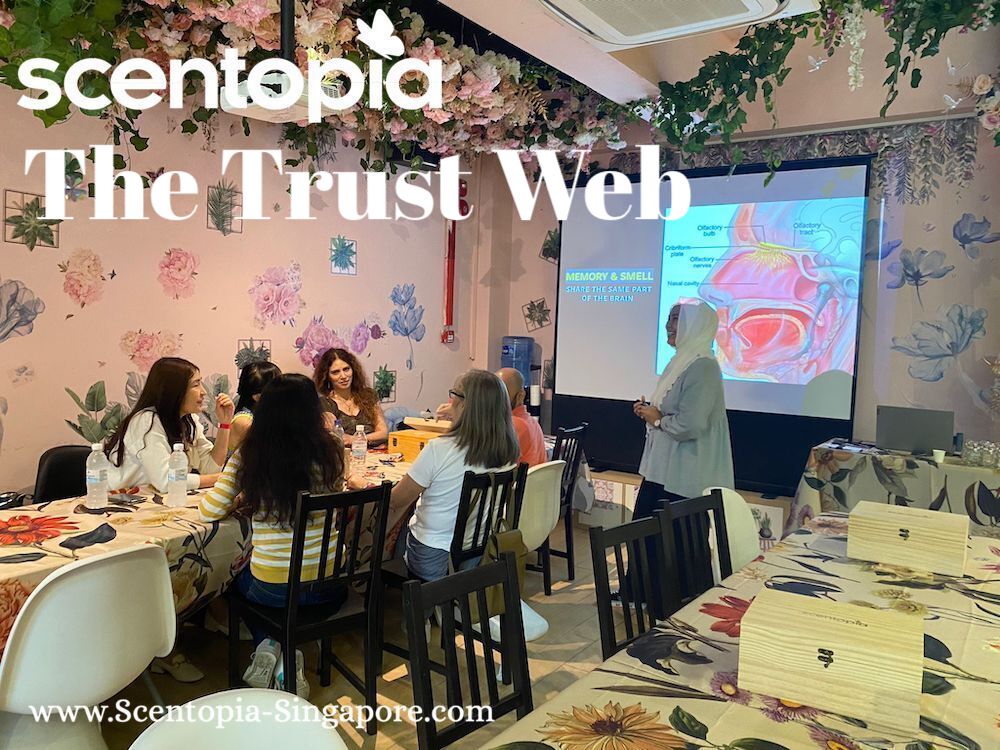list of 101 best team building games in Singapore, Indoor and Outdoor
17 April 2023
101 Best Team Building Games in Singapore
A list of 101 team building games that can help foster collaboration, communication, and trust among team members in Singapore:
Ensure to select games that align with the preferences and physical abilities of your team members. Modify them as needed to create an enjoyable and captivating team building activity. Additionally, you may explore the option of Aromatherapy Crafting Team Building, which incorporates a personality test to enhance mutual understanding among team members. The scent crafting aspect of this activity takes participants on a creative adventure that promotes relaxation and mental stability.
- Aromatherapy Perfume Workshop
- Two Truths and a Lie
- Human Knot
- The Great Egg Drop
- Blindfolded Obstacle Course
- Team Olympics
- Office Trivia
- Scavenger Hunt
- Minefield
- Trust Fall
- The Marshmallow Challenge
- Paper Tower
- Helium Stick
- Balloon Tower
- Spider Web
- Puzzle Race
- Lego Building
- Tug of War
- Egg Toss
- Human Rock-Paper-Scissors
- Group Juggle
- Name That Tune
- Capture the Flag
- The Perfect Square
- Pipeline
- Beach Ball Questions
- Blind Drawing
- What's My Name?
- Poker Tower
- Coin Logo
- Picture Pieces
- Building Blocks
- Hula Hoop Pass
- Escape Room
- Paintball
- Trust Walk
- Memory Wall
- Who Am I?
- Group Timeline
- Mime Game
- Team Charades
- Reverse Charades
- Human Scrabble
- Outdoor Cooking Challenge
- Jigsaw Puzzle Race
- Word Association
- Truth or Dare
- Word Sneak
- Alphabet Back Game
- The Helium Ring
- Word Whack
- Obstacle Relay Race
- Electric Fence
- Human Chess
- Group Storytelling
- Blindfolded Drawing
- Team Dance-Off
- Human Hungry Hippos
- Straw Tower
- Knot So Fast
- The Water Bucket Challenge
- Pass the Hula Hoop
- Ping Pong Madness
- Tower of Power
- Paper Plate Challenge
- Human Knot Relay
- Bucket Brigade
- Clue Murder Mystery
- The Blind Leading the Blind
- Balloon Pop
- The Paper Airplane Contest
- Team Haiku
- Back-to-Back Drawing
- Trusty Circle
- Blindfolded Minefield
- The Longest Line
- Beach Ball Mania
- Stepping Stones
- Truth Circle
- The Blanket Game
- Silent Line-Up
- Group Counting
- The Human Machine
- The Maze Challenge
- Rock, Paper, Scissors Tournament
- Tallest Tower Challenge
- Sports Day
- Reverse Order
- Tied Together
- Human Knot Soccer
- Chinese Whisper
- The Island Survival Game
- Hot Seat
- Human Pyramid
- The Egg Race
- Zoom Scavenger Hunt
- Pictionary Relay
- Picture Perfect
- The Lego Bridge
- Minefield Treasure Hunt
- The Trust Web
Ensure to select games that align with the preferences and physical abilities of your team members. Modify them as needed to create an enjoyable and captivating team building activity. Additionally, you may explore the option of Aromatherapy Crafting Team Building, which incorporates a personality test to enhance mutual understanding among team members. The scent crafting aspect of this activity takes participants on a creative adventure that promotes relaxation and mental stability.

